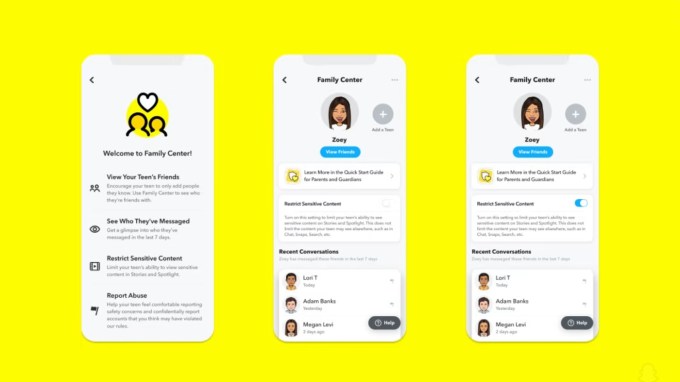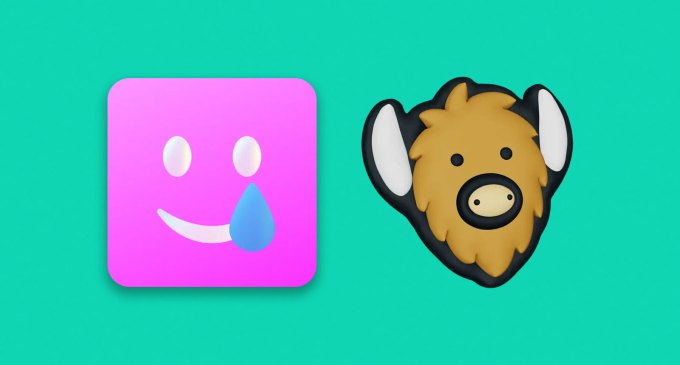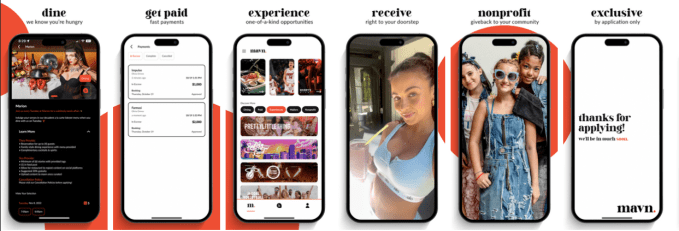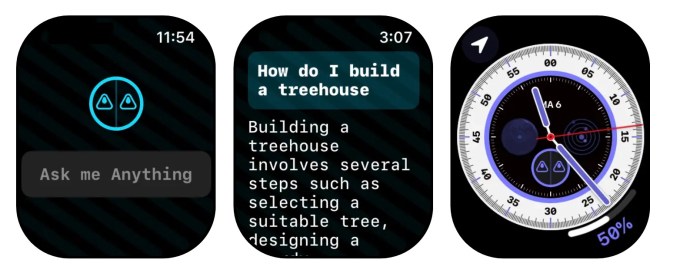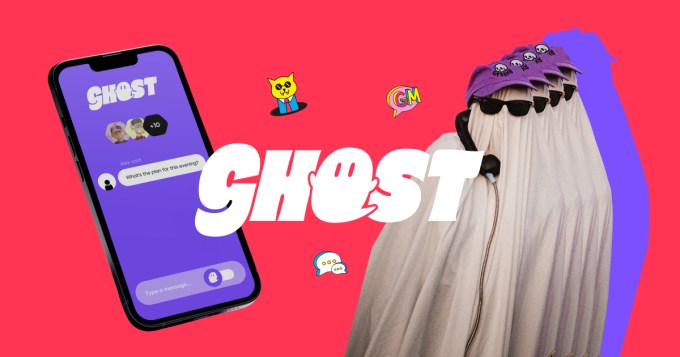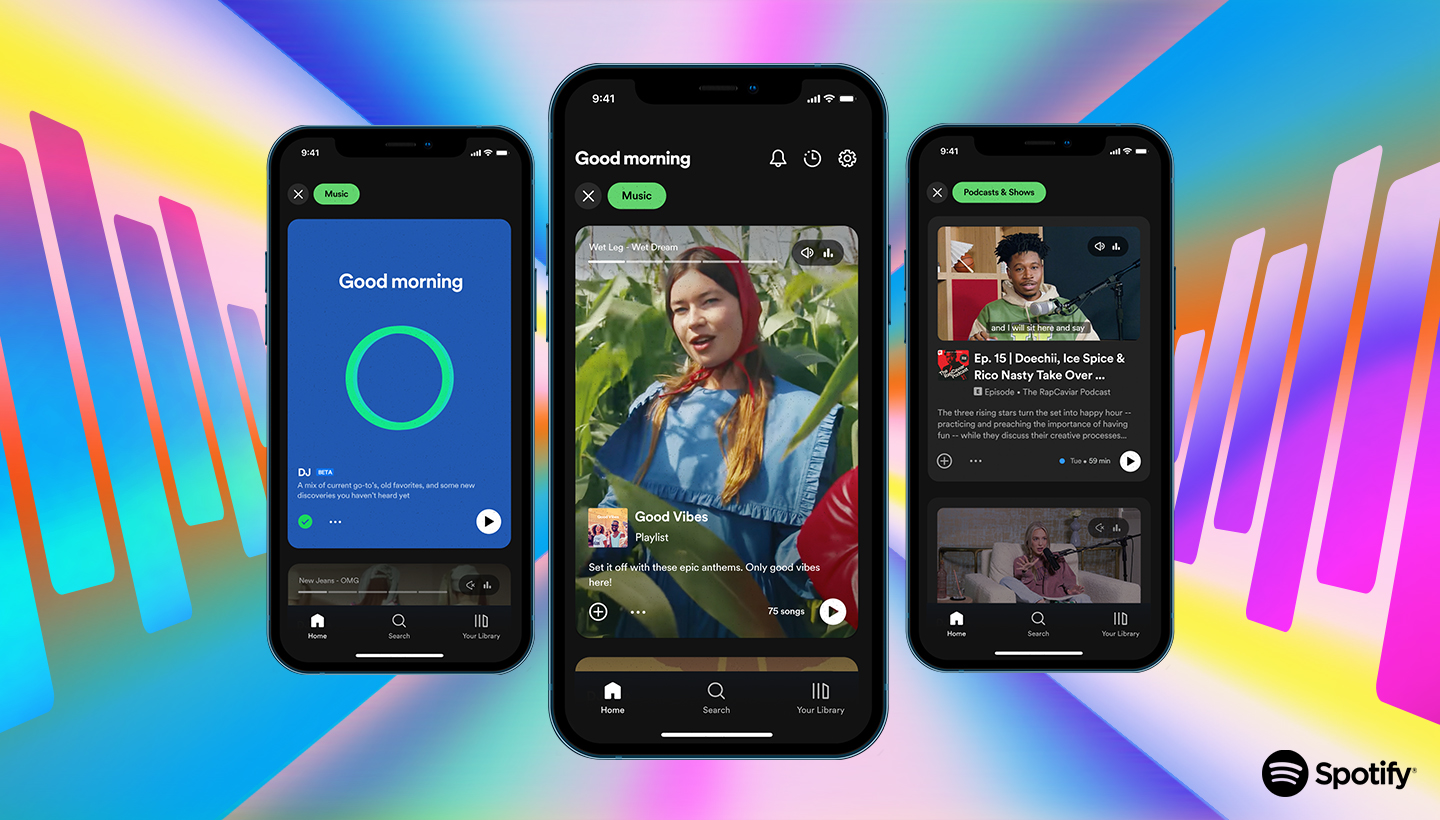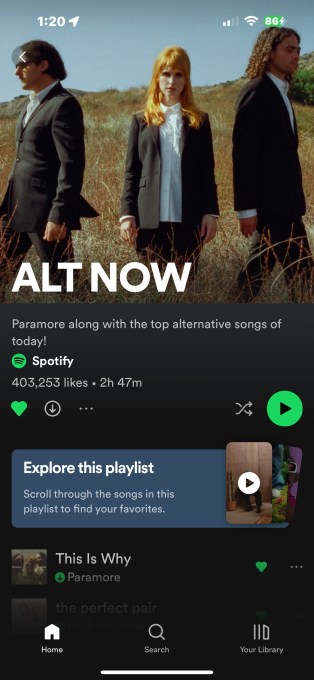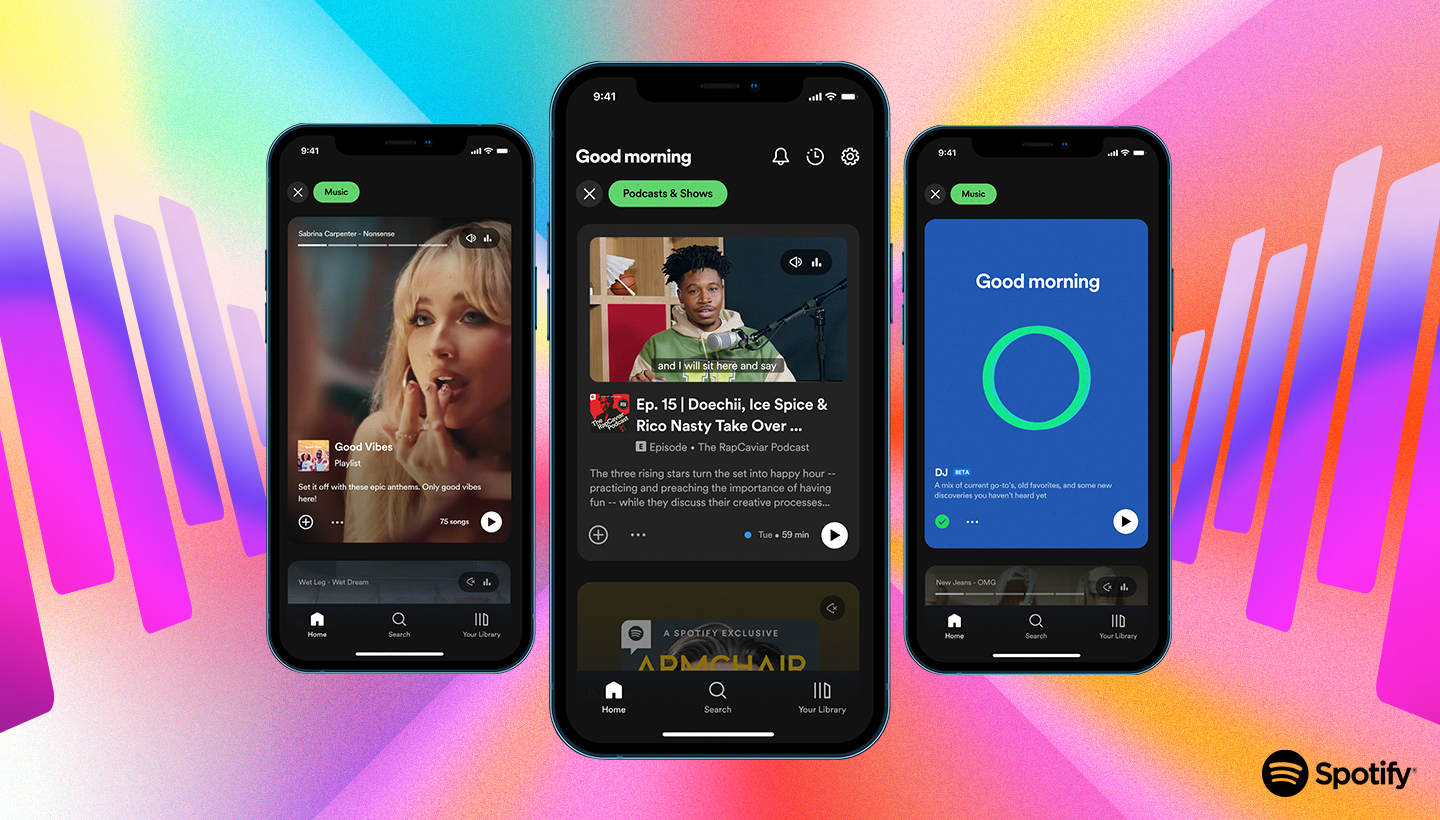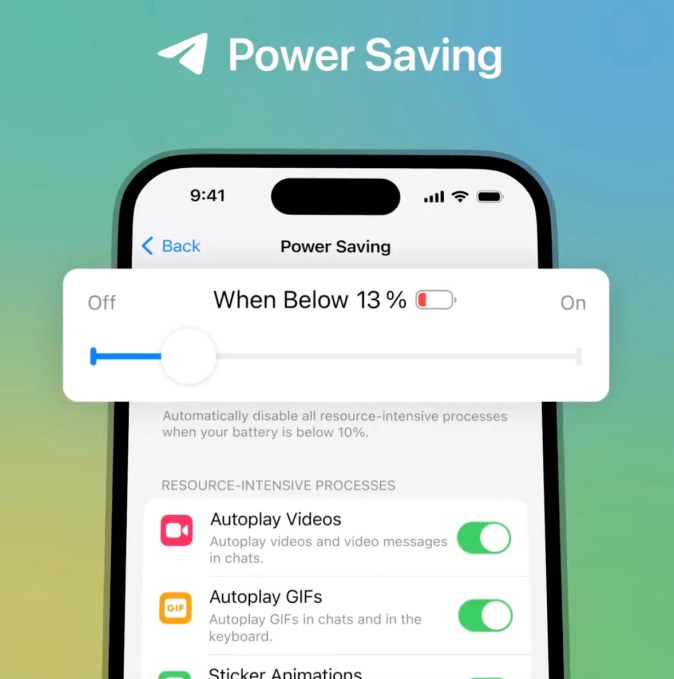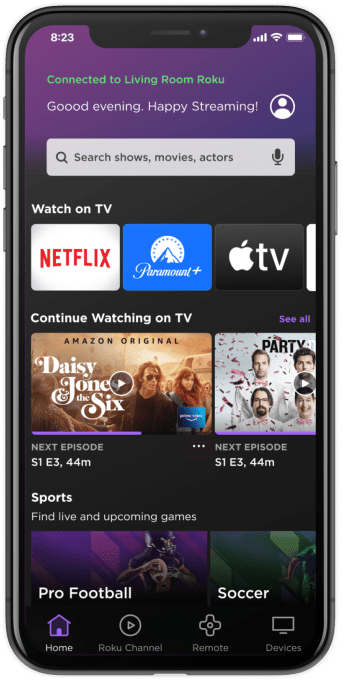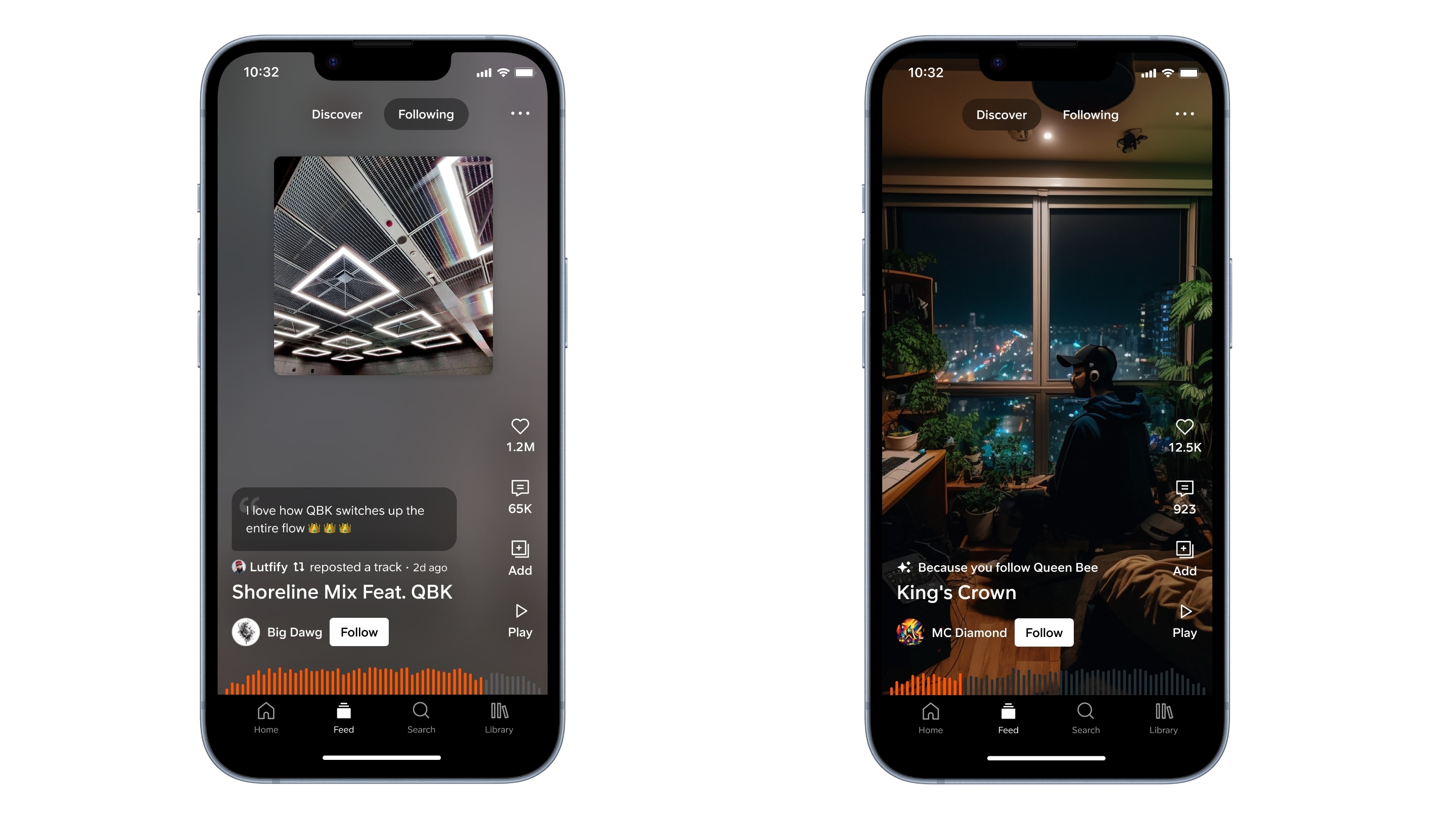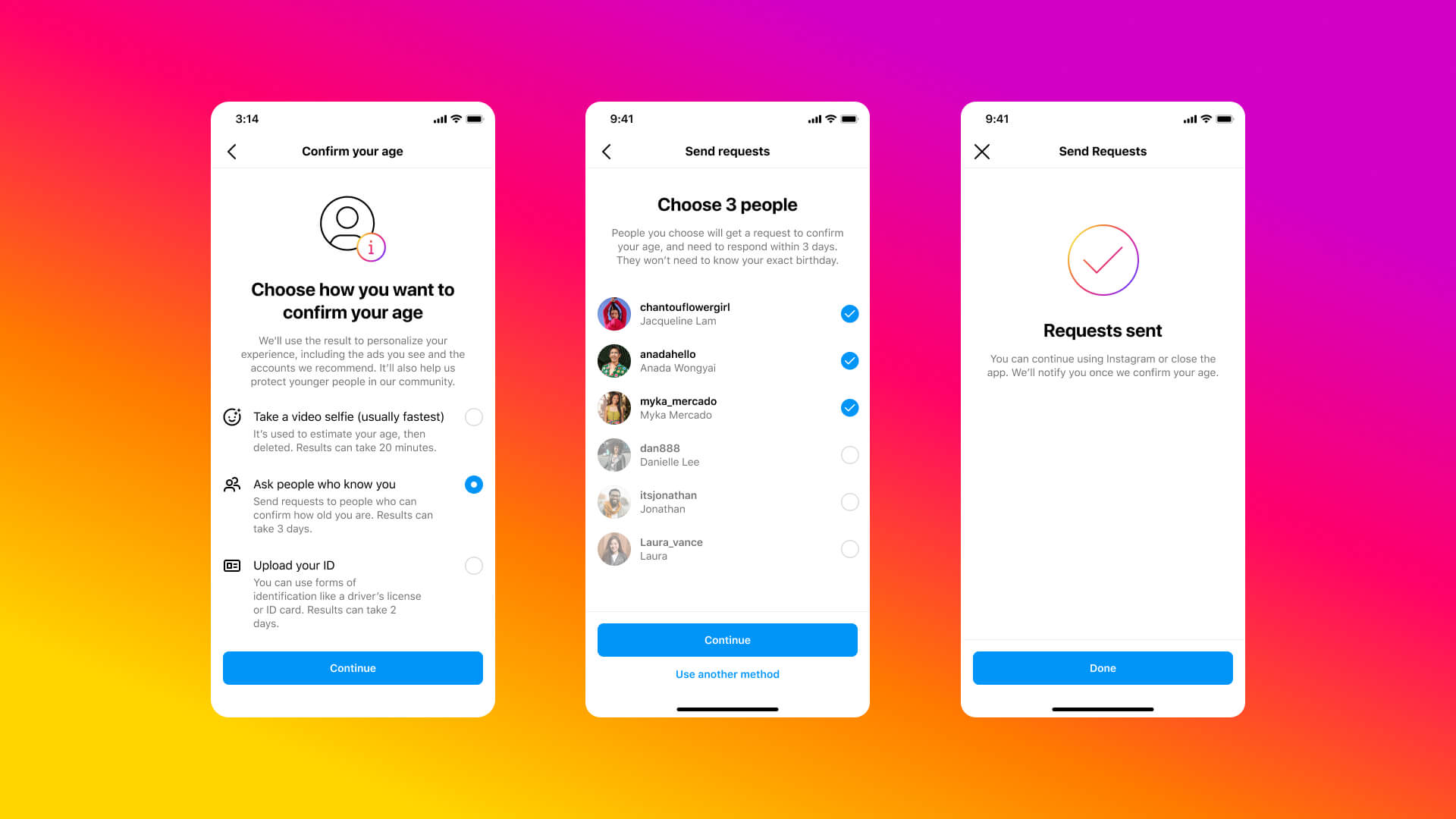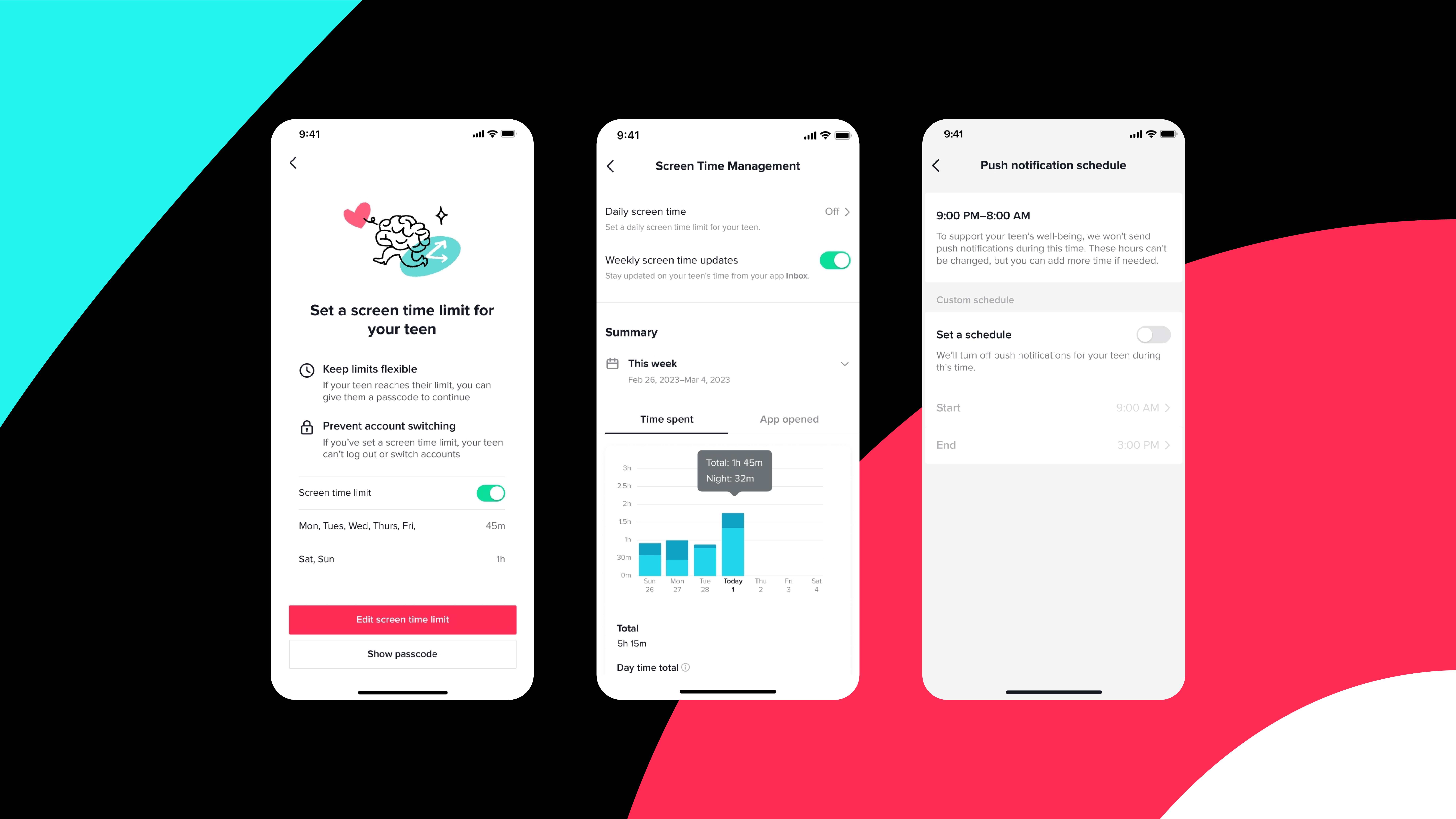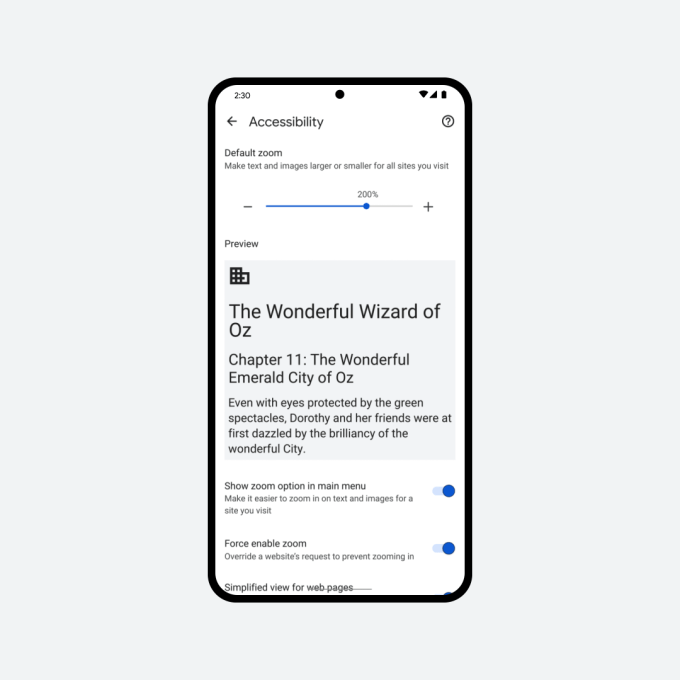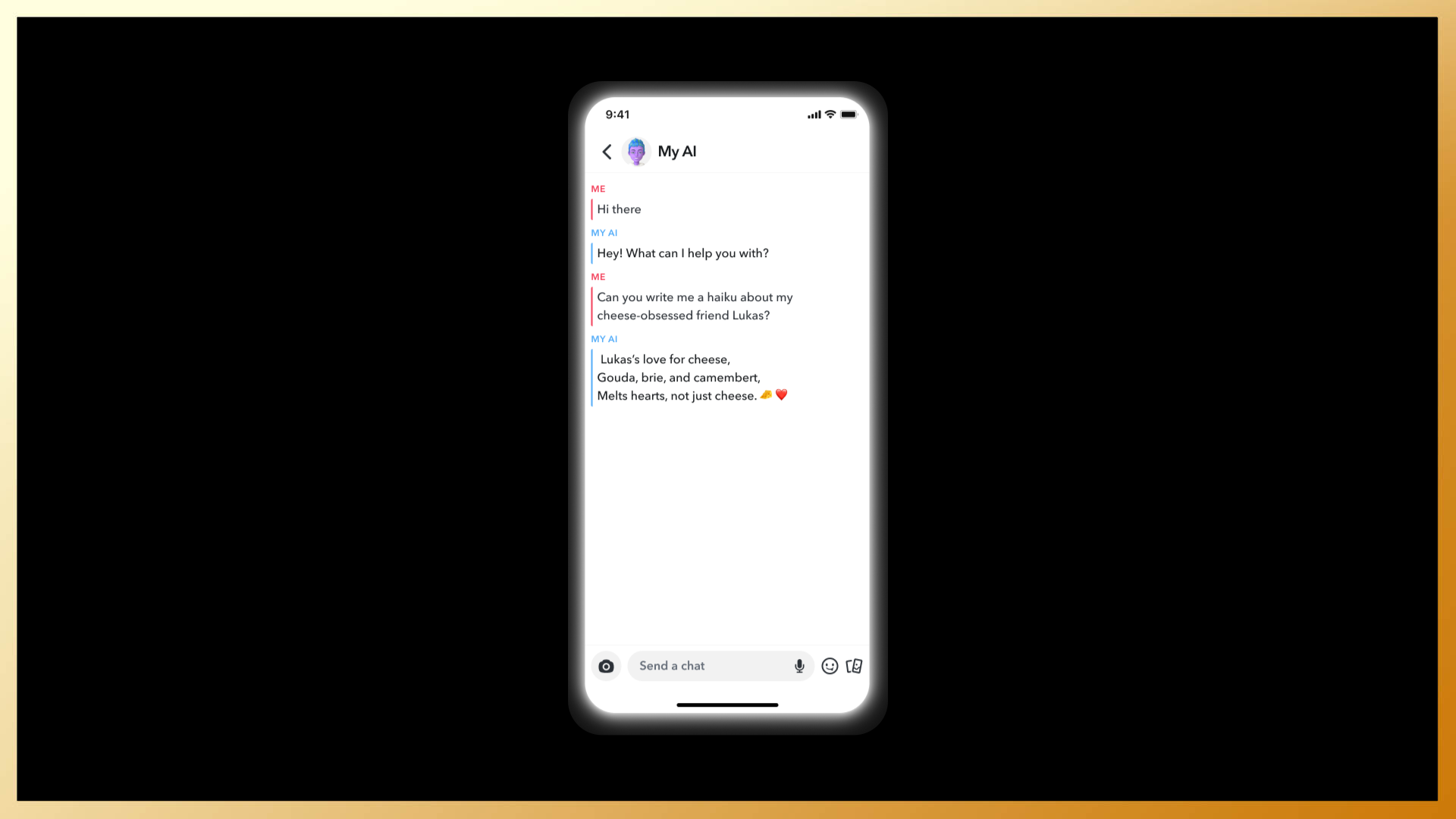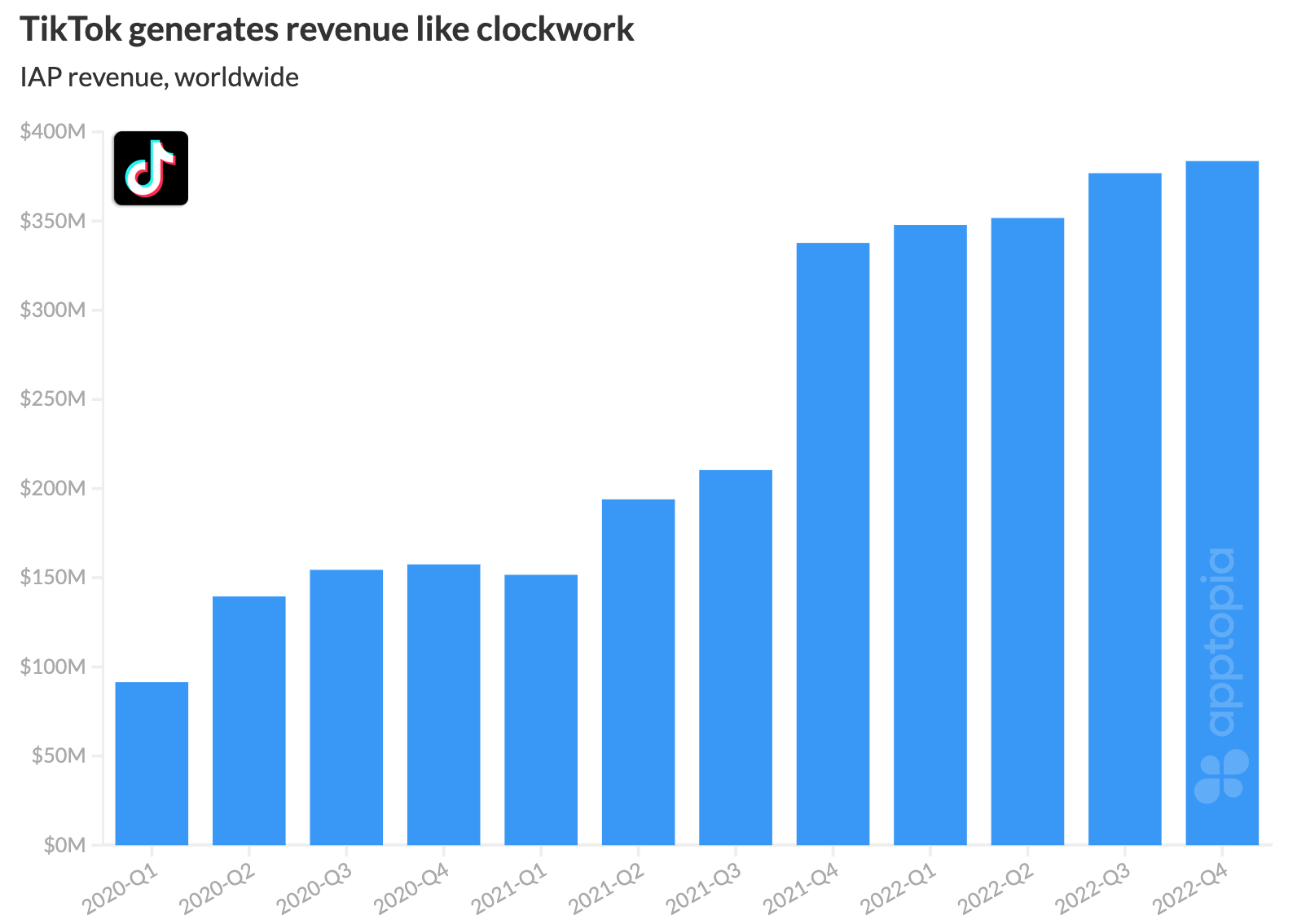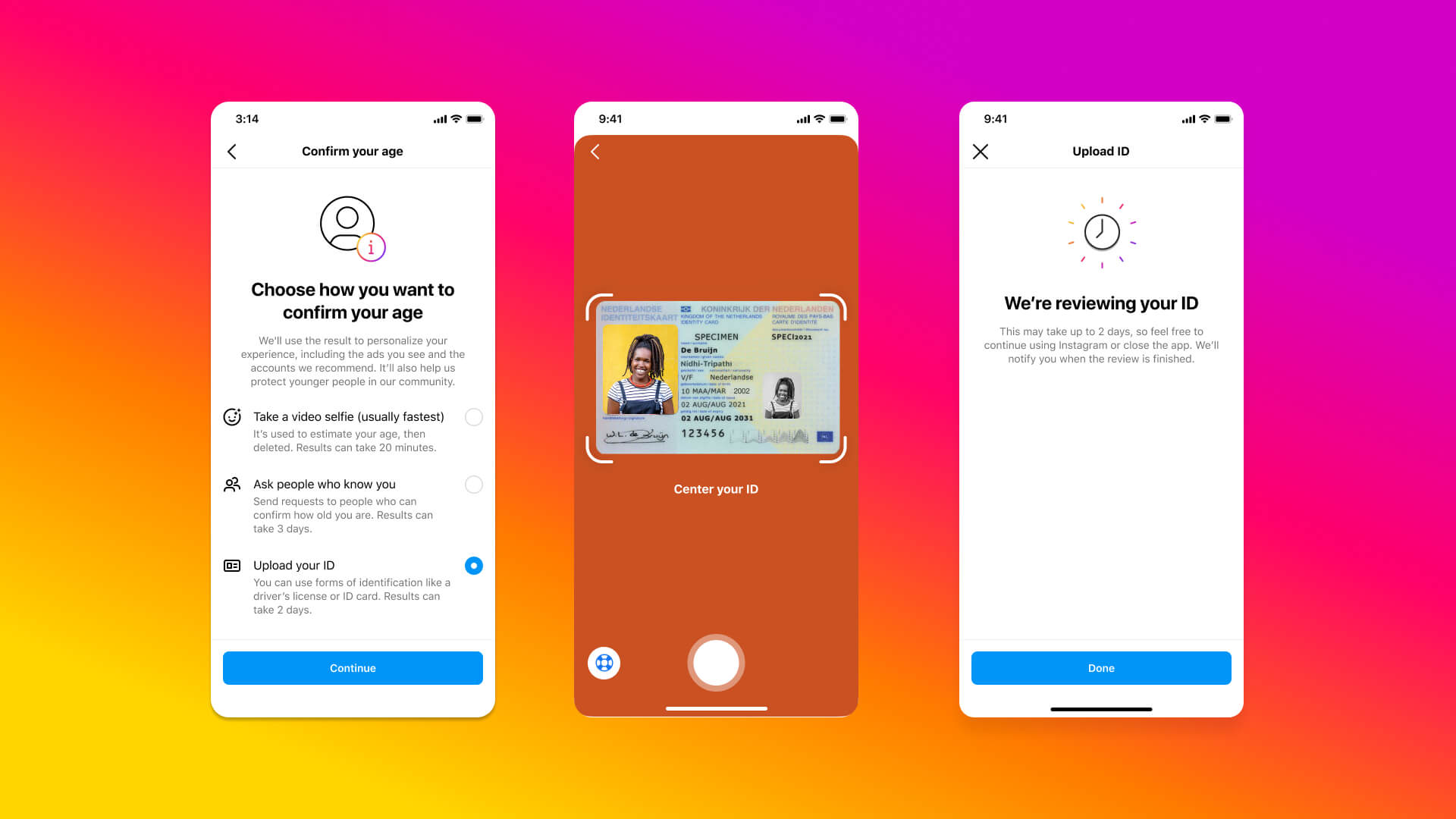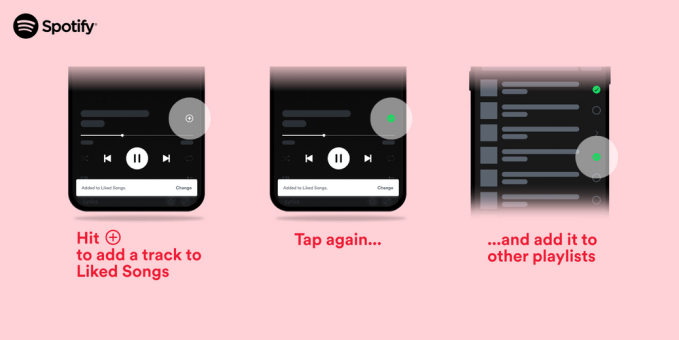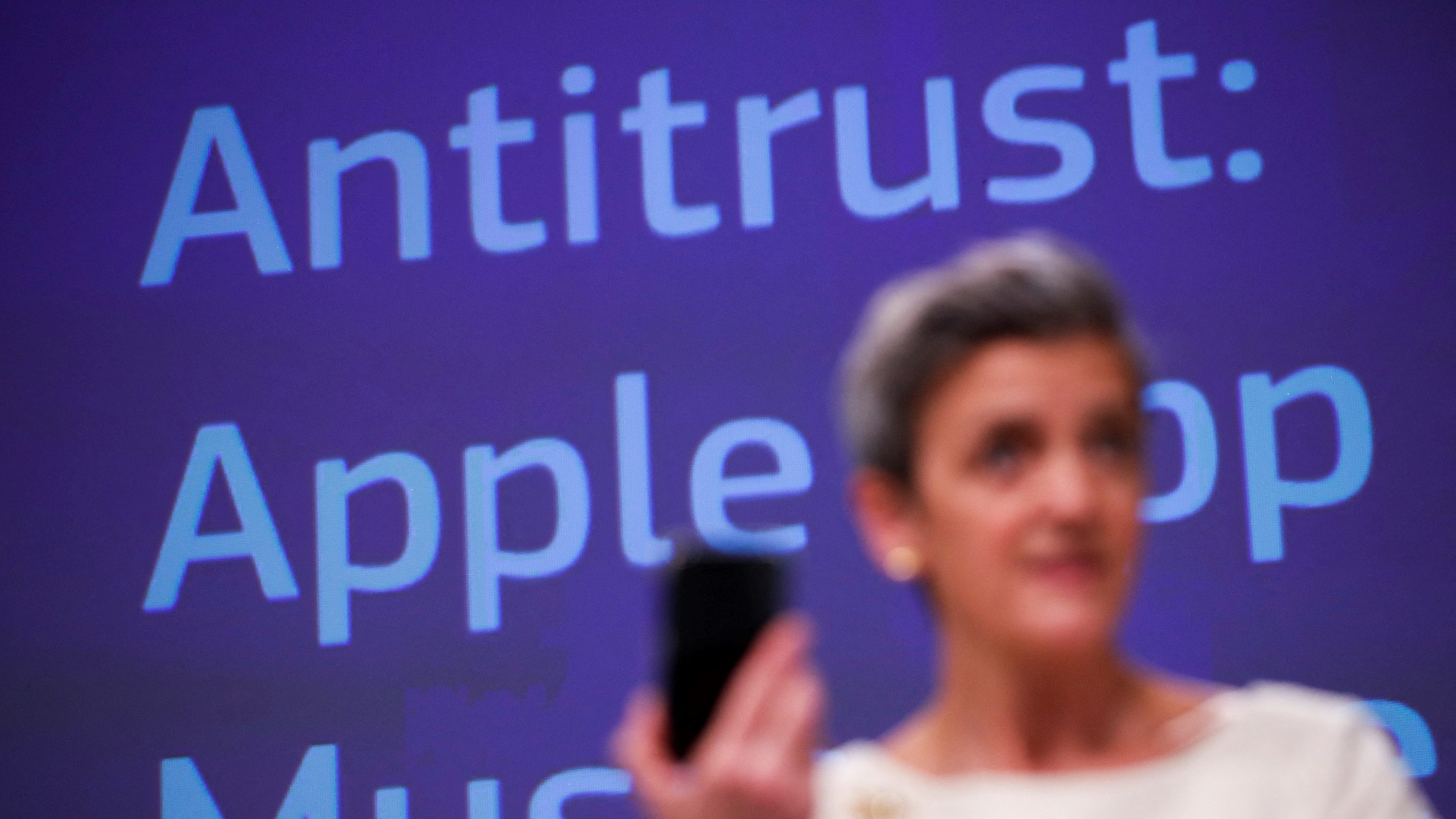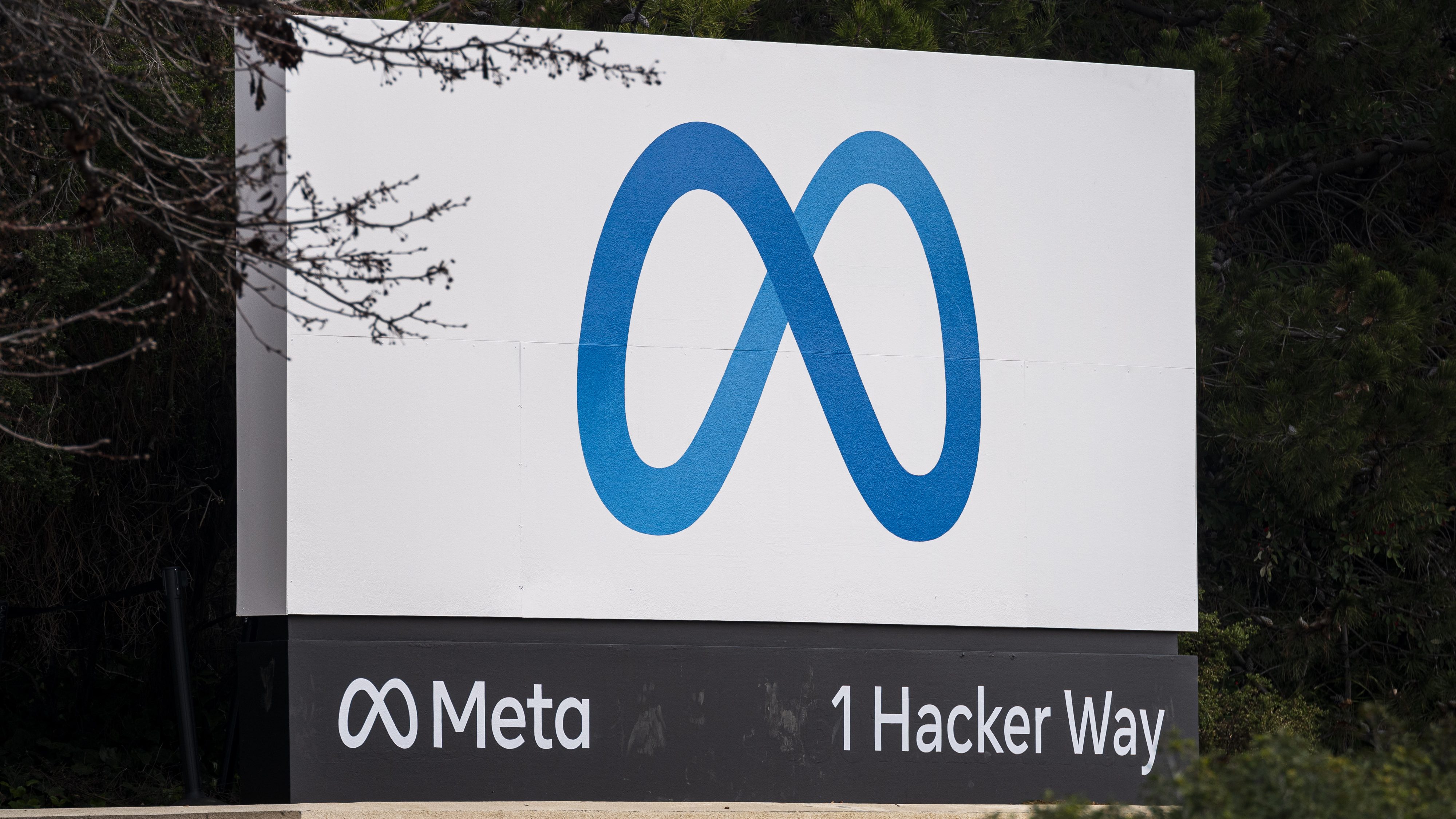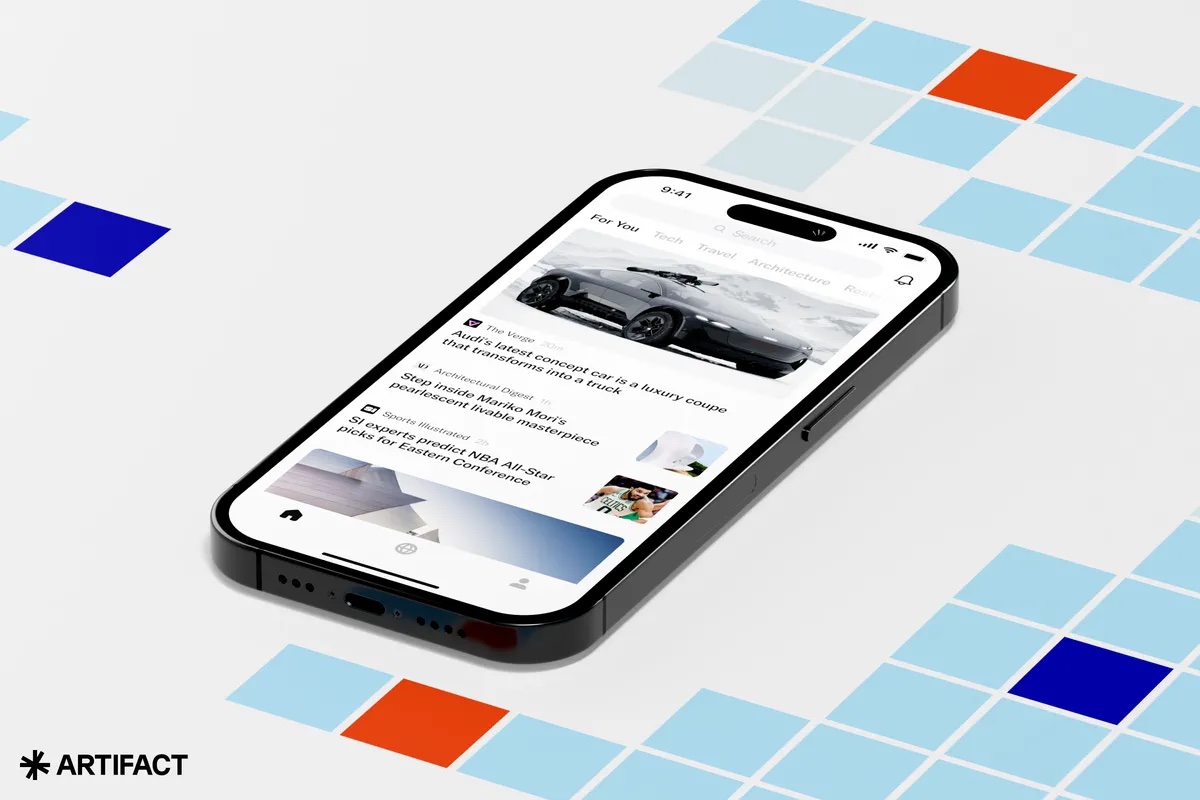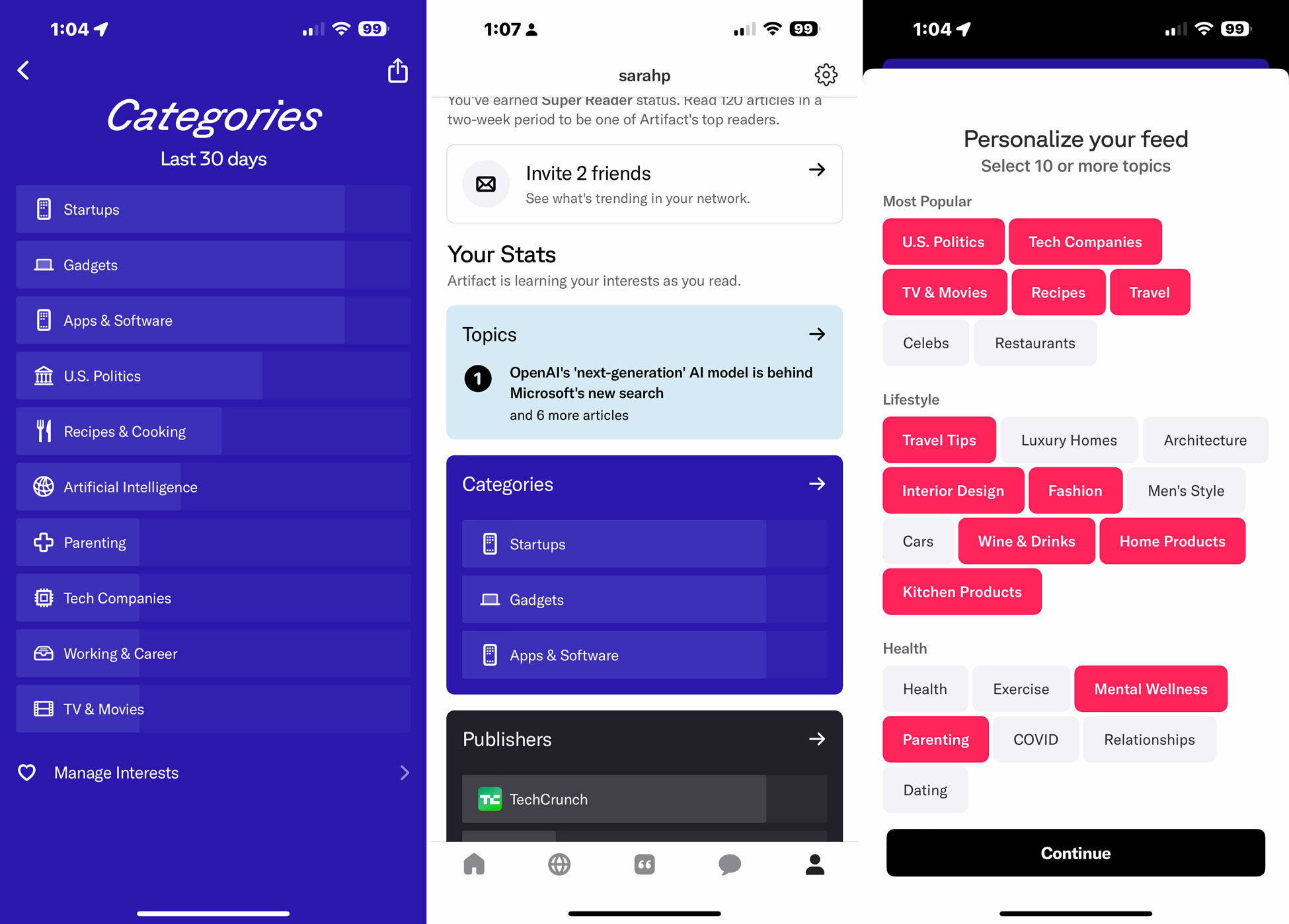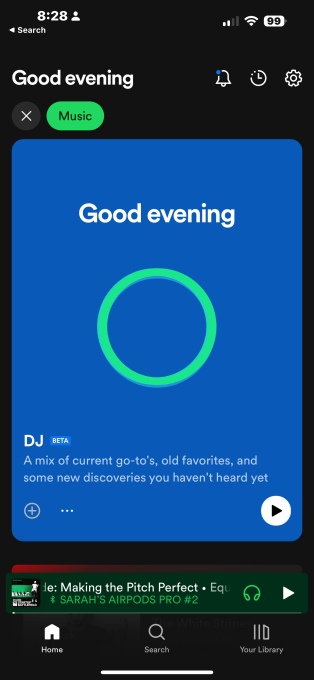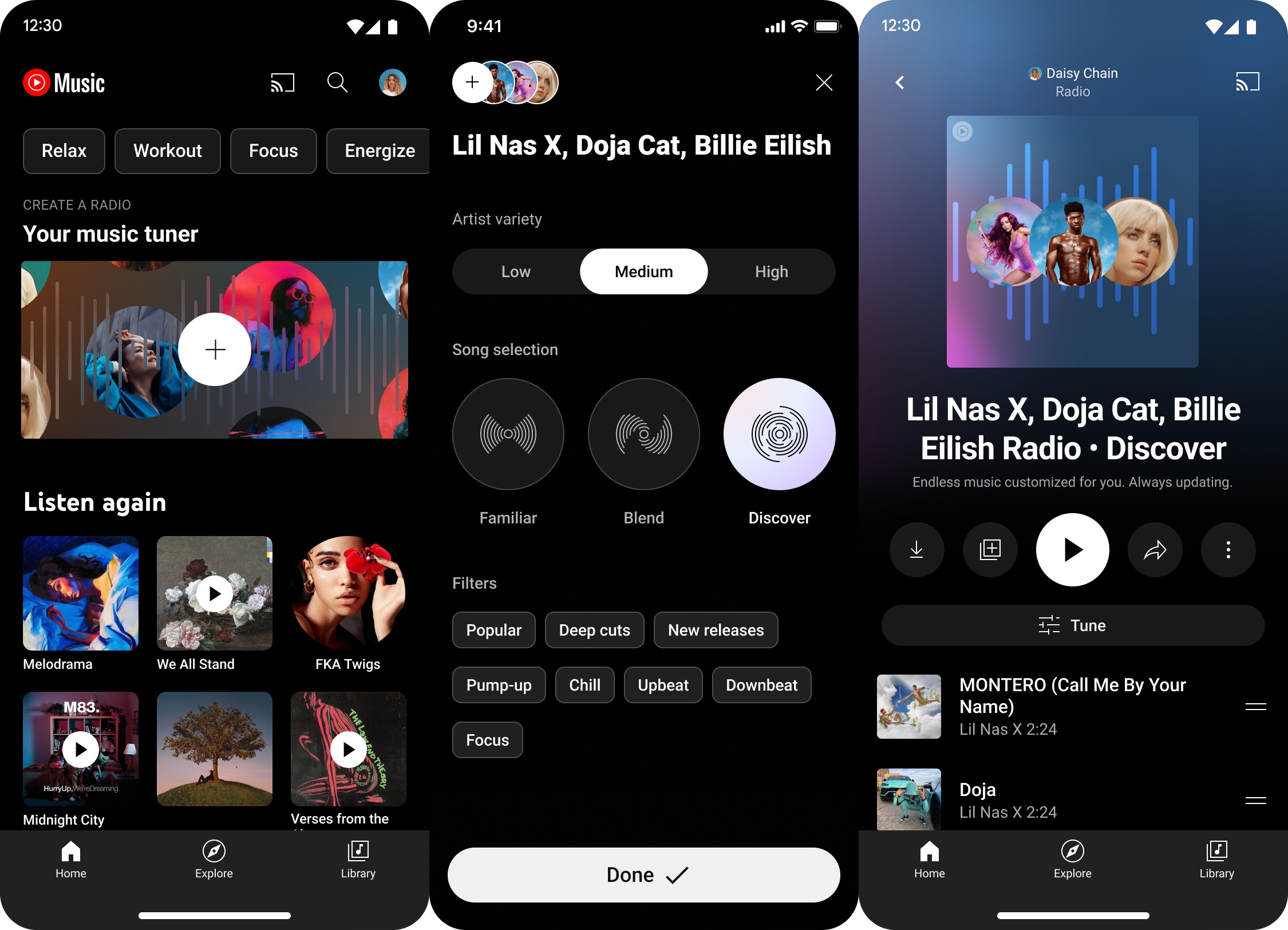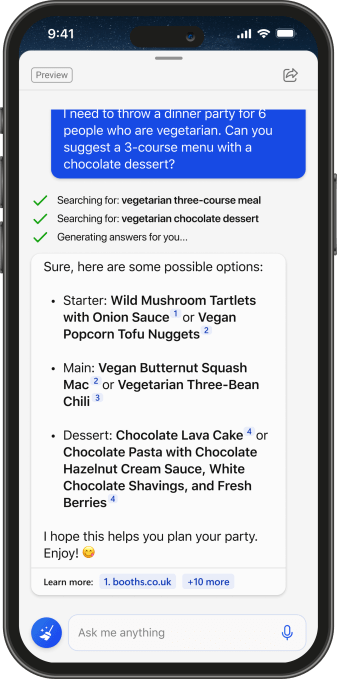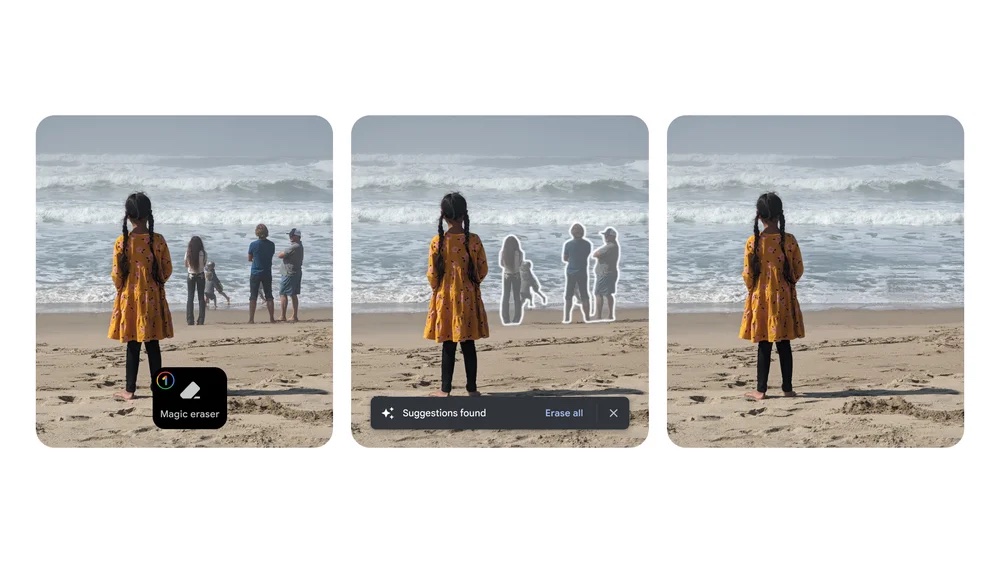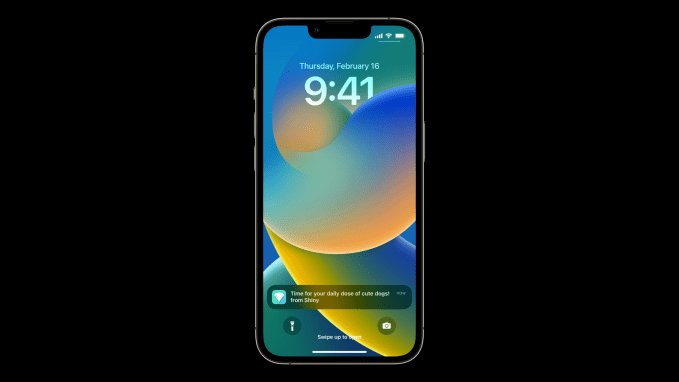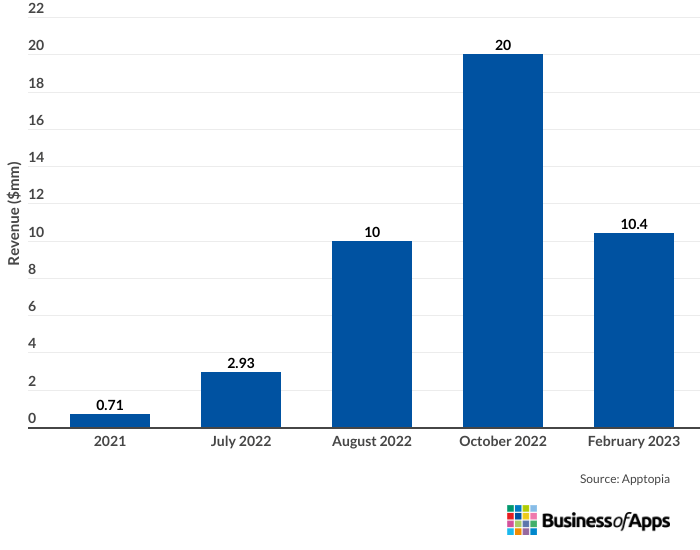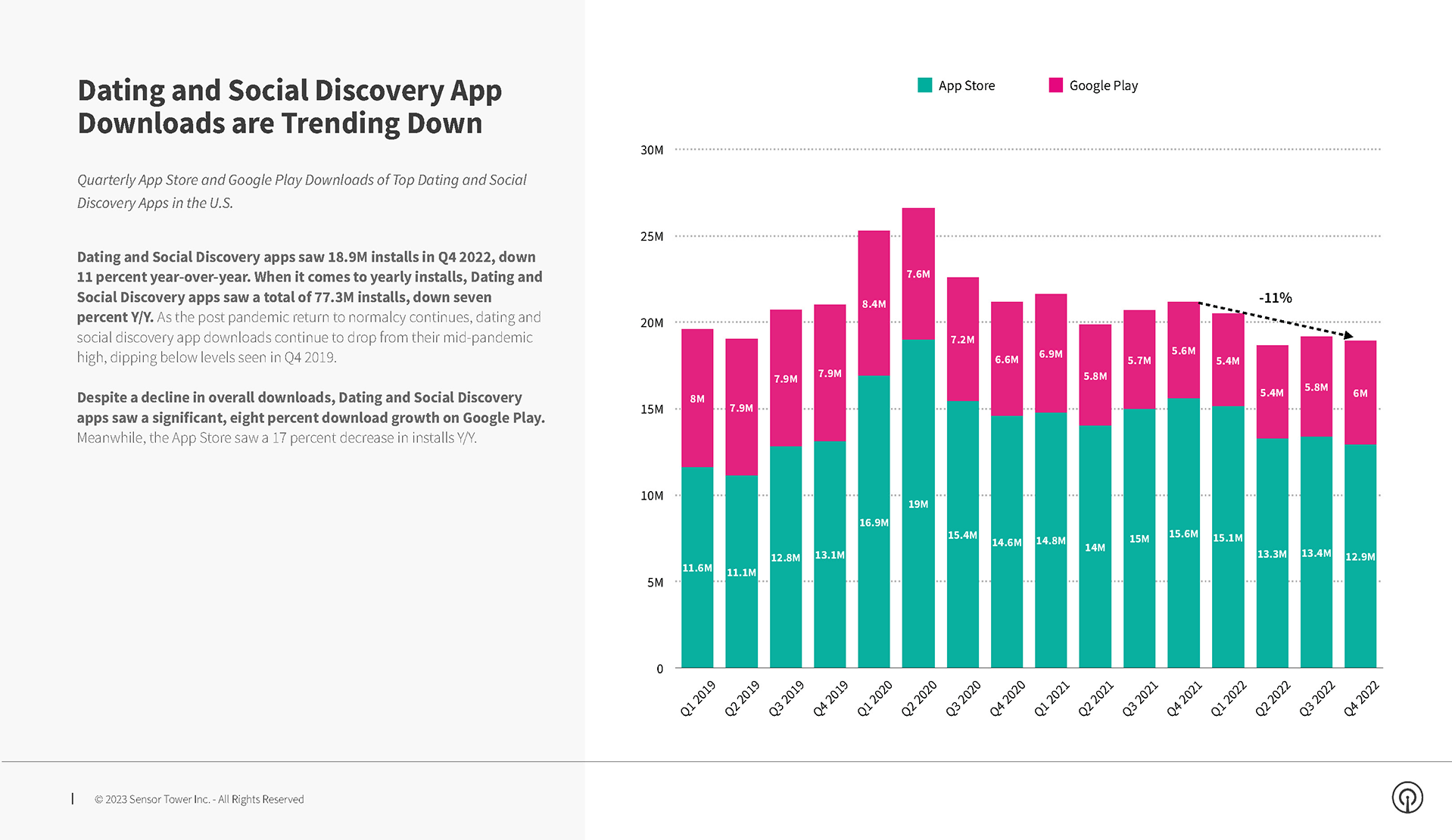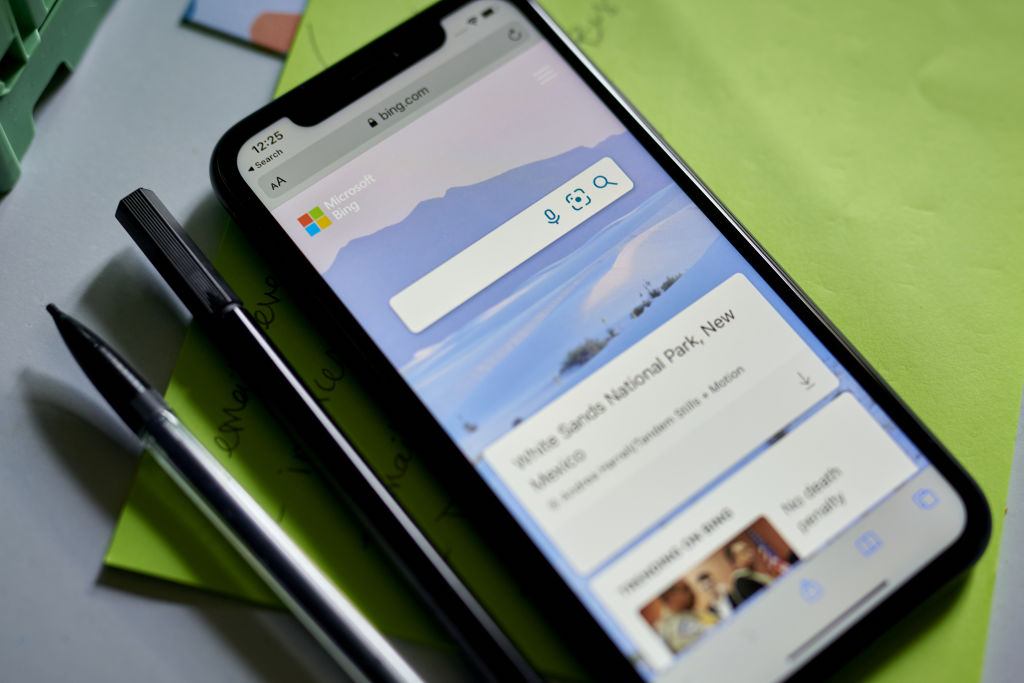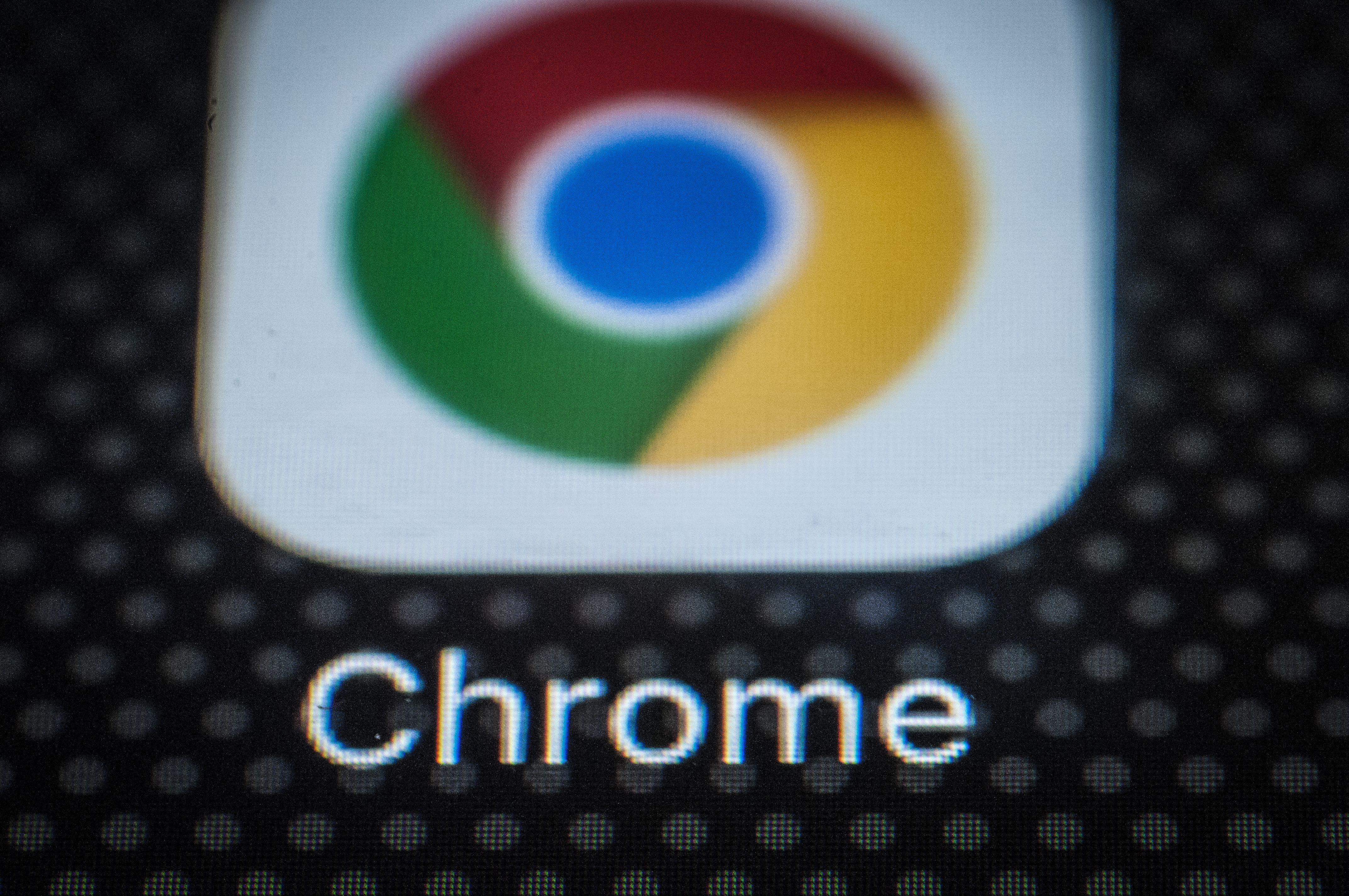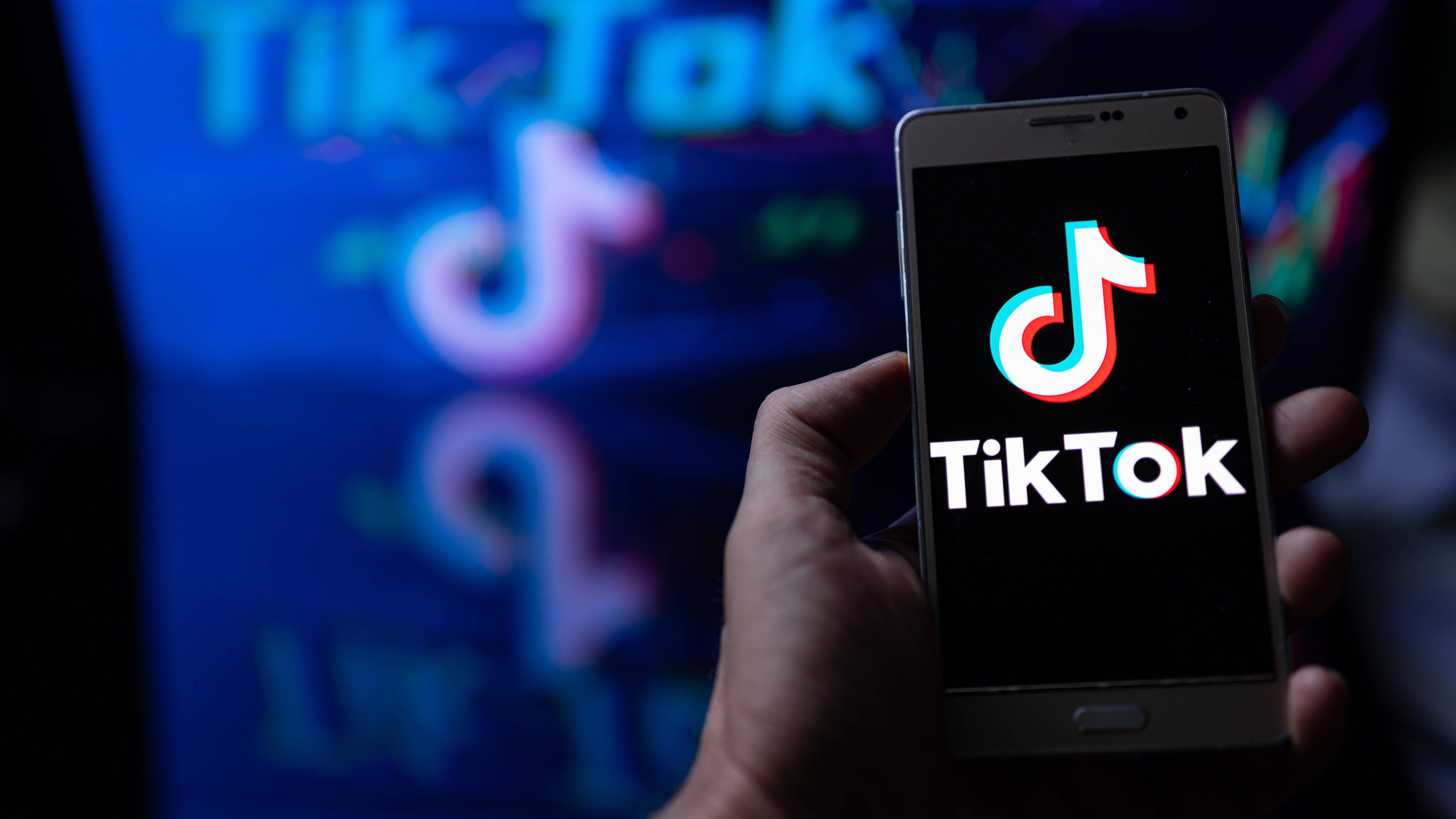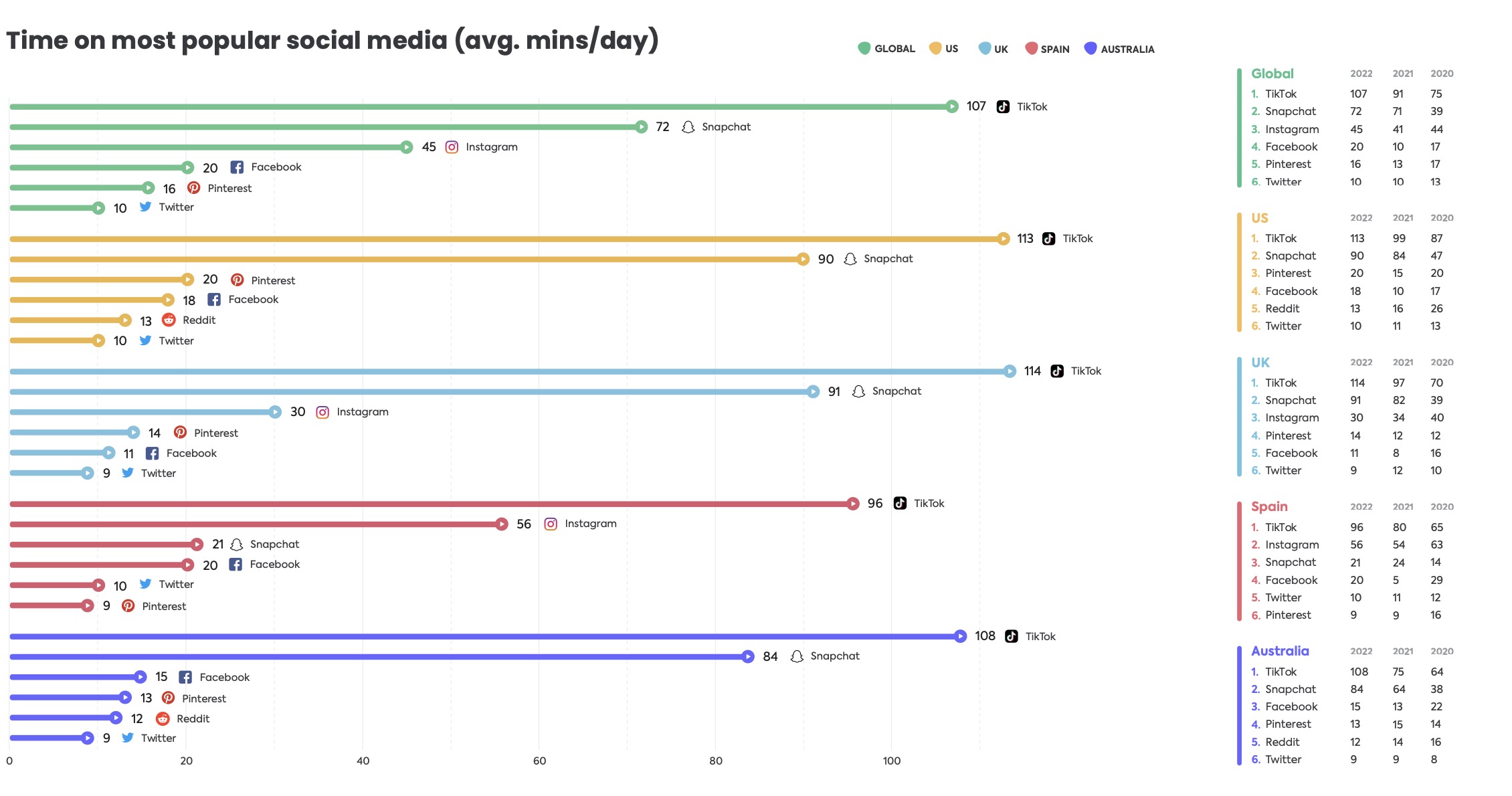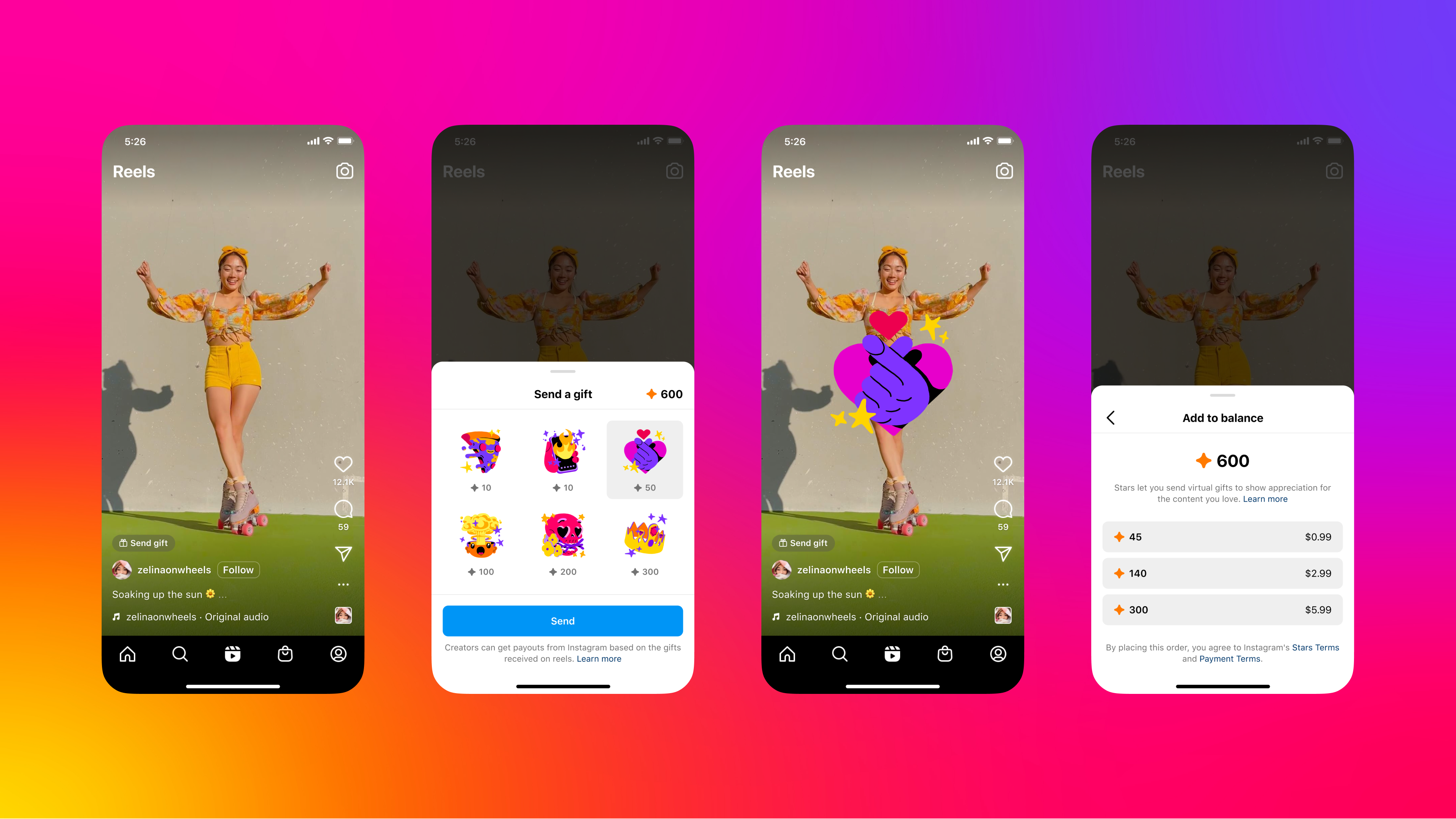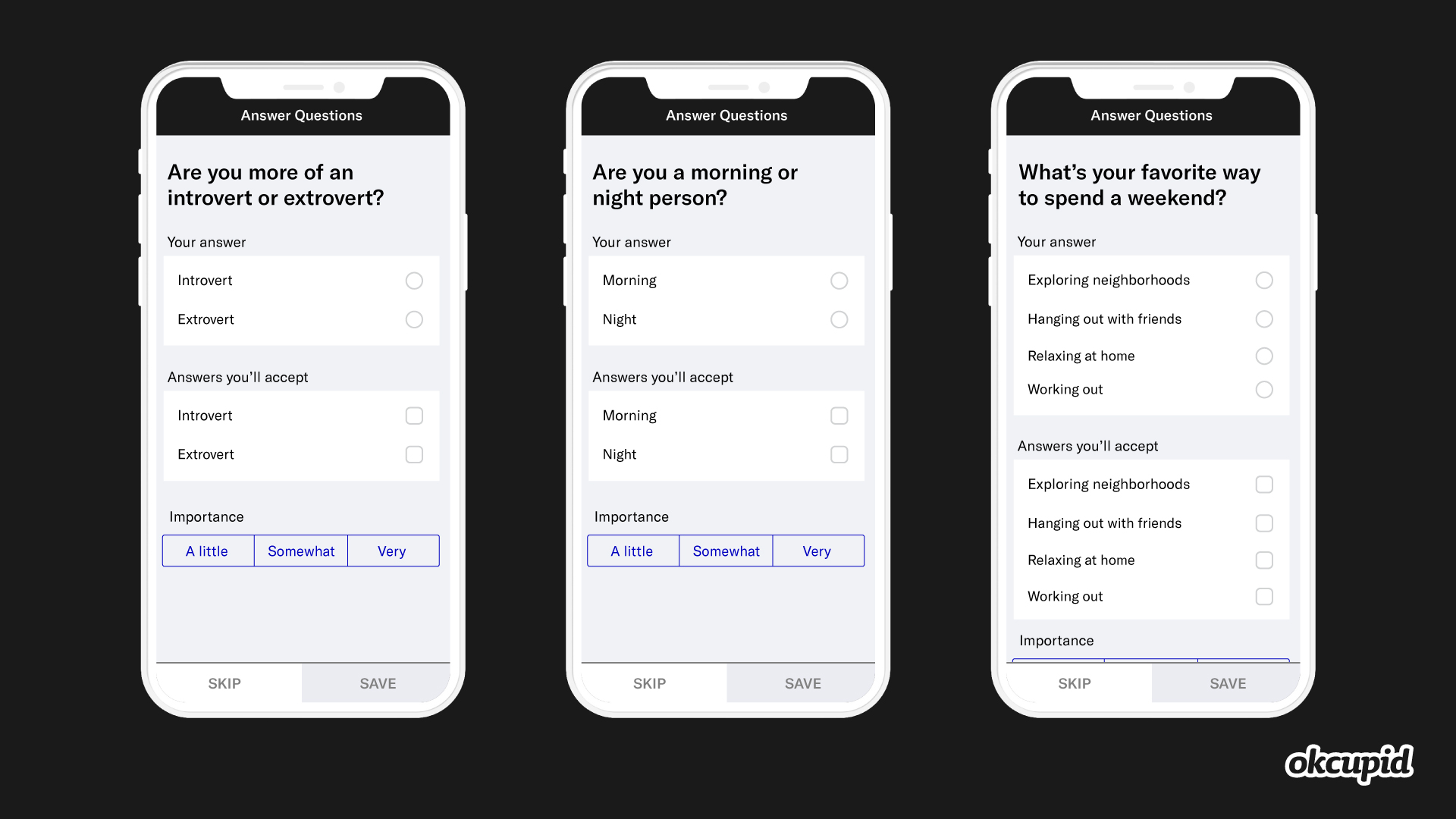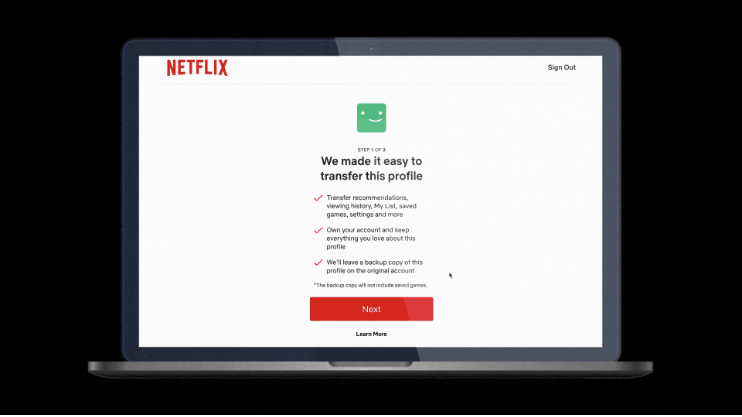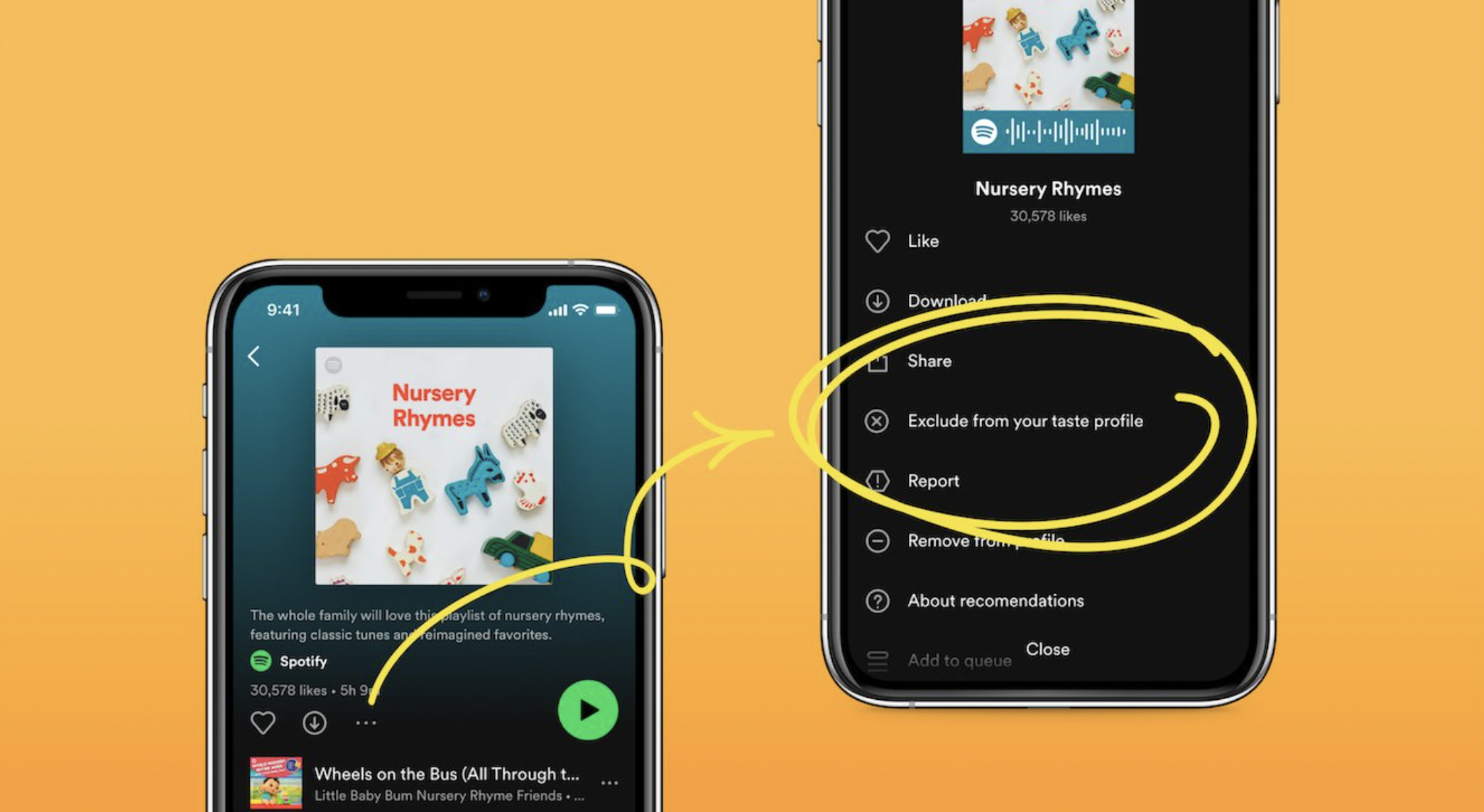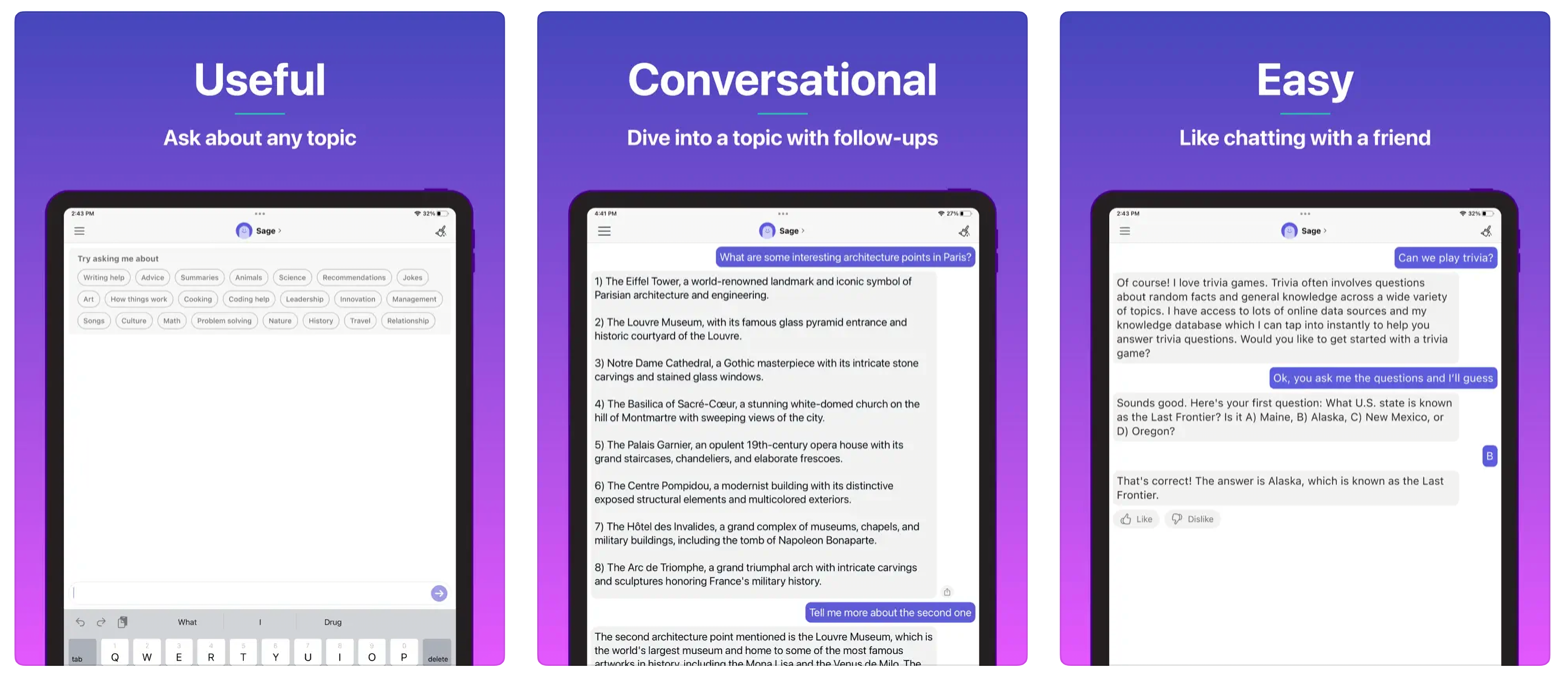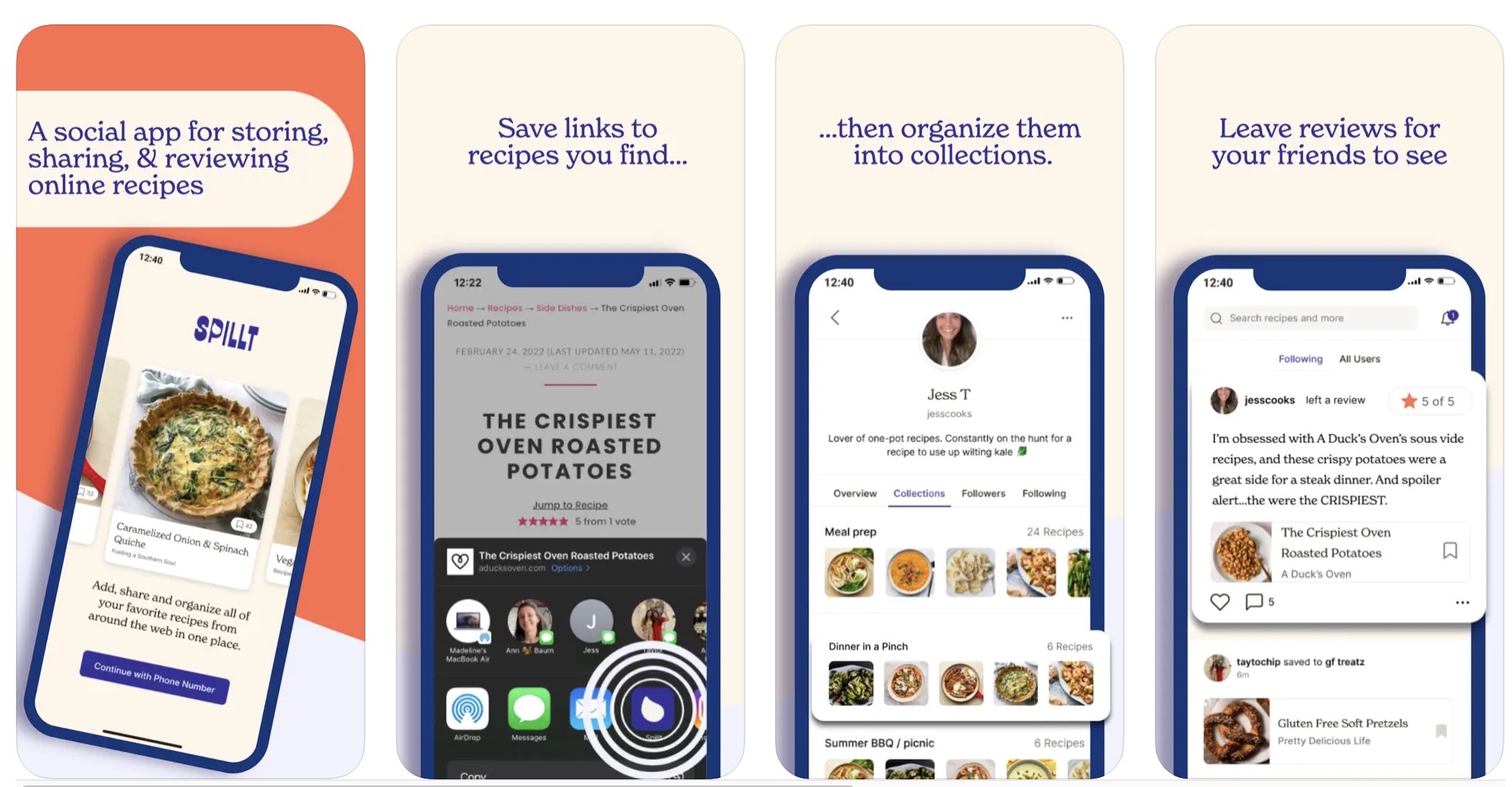Welcome back to This Week in Apps, the weekly TechCrunch series that recaps the latest in mobile OS news, mobile applications and the overall app economy.
The app economy in 2023 hit a few snags, as consumer spending last year dropped for the first time by 2% to $167 billion, according to data.ai’s “State of Mobile” report. However, downloads are continuing to grow, up 11% year-over-year in 2022 to reach 255 billion. Consumers are also spending more time in mobile apps than ever before. On Android devices alone, hours spent in 2022 grew 9%, reaching 4.1 trillion.
This Week in Apps offers a way to keep up with this fast-moving industry in one place with the latest from the world of apps, including news, updates, startup fundings, mergers and acquisitions, and much more.
Do you want This Week in Apps in your inbox every Saturday? Sign up here: techcrunch.com/newsletters
Top Stories
TikTok tries to avoid a ban in U.S. congressional hearing

Image Credits: Chip Somodevilla/Getty Images
Thursday’s testimony by TikTok CEO Shou Zi Chew before the U.S. House Committee on Energy & Commerce was largely unproductive. Representatives were often more interested in sharing their own opinions, posturing and shouting over the CEO’s answers to their questions, rather than attempting to learn any real intel about how TikTok works or what it does to protect its youngest users from harm.
Overall, it seemed the hearing was more for show than any sort of fact-finding mission — these reps already had their minds made up, for the most part, about whether or not the app should be banned.
During the hearing, however, a few legitimate questions were raised that had troubling responses. On the matter of Project Texas — TikTok’s plan to move all U.S. user data off of its own servers over to Oracle servers in the U.S. — it wasn’t clear how that would fully separate TikTok from its Chinese parent company ByteDance. As one line of questioning pointed out, TikTok employees use an internal software program known as Lark — a sort of Chinese Slack — to communicate with their ByteDance colleagues. TikTok’s CEO reports to ByteDance’s CEO, Liang Rubo. Chew also admitted that even under Project Texas there were exceptions that would allow data to leave the country for “interoperability purposes” and he would have to “get back to your team” on the specifics there. And when directly questioned about what sort of other software or IT services would still connect TikTok to ByteDance under Project Texas, Chew again said he would have to “get back to you” with his answers.

Image Credits: Chip Somodevilla/Getty Images
In addition, the exec couldn’t confirm where TikTok sells its data. Chew said he didn’t “believe” they sold to data brokers, but said he would have to “get back” to Congress on who they may actually sell to.
While Chew may be correct that today’s TikTok isn’t doing more data collection than U.S. social giants, it’s being held to different standards. As a Chinese company with its hands on this data, there’s the potential for the CCP to meddle in TikTok’s operations, the politicians believe. Though that may not have happened yet, there is a threat posed by China’s 2017 National Intelligence Law, which compels businesses to assist in intelligence-gathering operations, if asked. TikTok claims it wouldn’t comply, but how could it not, if ByteDance is its parent?
The House reps also asked a range of questions about minor safety. Ironically, it was TikTok that led the way in this area by being the first of the big social apps in the U.S. to roll out in-app parental controls and lock down teen accounts. Still, dangerous challenges have proliferated on its platform (though Meta was later revealed to have had a hand in which ones made the news!). And like other algorithmic-based platforms, there’s always a danger that its recommendations could surface harmful content at times.
However, some of the dangers of social media aren’t unique to TikTok alone. Social media usage overall is contributing to increased anxiety, depression, body dissatisfaction, disordered eating and other troubles, including suicide ideation, which is why it needs regulation or at least some basic guidelines. But today’s politicians don’t seem to be able to do the hard work of actually getting laws passed in this area, despite their bipartisan interest in doing so. They’d rather put on a show in Congress to make themselves look good to their potential voters so they can win their next election.
OpenAI launches ChatGPT plugins, and some of your favorite apps are already on board
OpenAI this week launched plugins for ChatGPT, which allow the bot to access third-party databases and other sources of knowledge, including those on the web. The company said it would start with a small set of users before rolling out access to the still now alpha stage product more broadly. OpenAI is also hosting its own plugins, including a web browser and code interpreter and is now extending plugin access to developers on its waitlist.
A number of companies consumers know and love have already built plugins for ChatGPT, including Expedia, FiscalNote, Instacart, Kayak, Klarna, Milo, OpenTable, Shopify, Slack, Speak, Wolfram and Zapier. For example, OpenTable’s plugin can search across restaurants for available bookings, while the Instacart plugin can place orders from local stores.
To get started, users pick a plugin to enable when they start a conversation on chat.openai.com. In a demo on OpenAI’s website, it shows a user asking in plain language for “one great restaurant suggestion on Saturday” and ” a simple recipe for Sunday” involving vegan food. The OpenTable plugin finds a local restaurant with a reservation, then follows detailed requests for returning the recipe info and ordering ingredients on Instacart. (If only this technology was available in Siri!) It’s easy to imagine a future where you could one day interact with these services through AI commands, not by tapping around on apps’ screens. And being able to talk naturally to the AI could make services easier to use for everyone, not just the technically inclined.
Microsoft plans a mobile games store
Microsoft is betting that incoming tech regulations will allow it a way to compete in the mobile gaming market alongside Apple and Google (and likely Epic Games, if things go its way). In an interview with the Financial Times this week, Microsoft gaming head Phil Spencer noted that the EU’s Digital Market Act (DMA) is expected to go into effect next March, which would allow companies to load their own app stores on Apple and Android devices. And Microsoft wants to do just that.
“We want to be in a position to offer Xbox and content from both us and our third-party partners across any screen where somebody would want to play,” Spencer told the FT.
Microsoft had already hinted at its plans to launch an Xbox-branded mobile game store that would leverage content from Activision Blizzard — assuming that deal gains regulatory approval. The game maker’s IP could help Microsoft seed a new game store thanks to its titles like Call of Duty Mobile and those from the Candy Crush franchise. Microsoft has also acquired a number of gaming studios over the past several years, including Ninja Theory, Playground Games and Bethesda owner Zenimax Media.
If things progress as planned, the mobile apps and games market could have an entirely different shape in the years ahead. Netflix is also seemingly betting on this change, prepping its own vast library of games that come with a Netflix membership. For the time being, the games are just a perk of membership, but if one day Netflix could launch its own games store and fill it with titles, it seems it may choose to expand to paid games as well.
Platforms
- Google says it prevented over $2 billion in fraudulent and abusive transactions via Play Commerce last year, in an update likely designed to convince developers to not switch to third-party billing.
- Google took down hundreds of loan apps from the Play Store in Kenya following the launch of a new policy, which requires digital lenders in the East African country to submit proof of a license to operate. The new policy went into effect in January.
- Samsung said its devices will get up to four generations of One UI and Android OS upgrades. The company had previously promised 3 upgrades. The expanded commitment will be offered on select Galaxy S series, Z series smartphones, A Series and tablets.
- Three large Android manufacturers in China — Xiaomi, Oppo and Vivo — announced a partnership to make it easier to switch devices. The companies will offer a migration tool that will help consumers in China move their files and other phone data between the companies’ various smartphone models.
- Google flagged several apps made by Chinese e-commerce giant Pinduoduo as malware, alerted users who had the apps installed and suspended the company’s official app for security concerns while it investigates. Google Play Protect, the Android security mechanism, was also set to block users from installing the malicious apps.
Apple
- Apple issues the Release Candidate versions of iOS 16.4, iPadOS 16.4, watchOS 9.4, tvOS 16.4 and macOS Ventura 13.3.
- Apple’s iOS 16.4 includes new features like voice isolation for calls, which “prioritizes your voice and blocks out ambient noise around you,” says Apple’s release notes. It also sees the return of Apple Books’ curling animation and brings duplicate detection to iCloud Shared Photo Libraries.
- Code in the iOS 16.4 beta also leaked what seem to be references to new AirPods and Beats earphones.
- Apple fixed a bug that was allowing some Apple Music users to see other people’s playlists in their libraries.
App Updates
AI
- Adobe embraces generative AI. The company this week launched its new Firefly family of generative AI models and generative AI tools aimed at marketers, with its enterprise offering, Adobe Sensei Generative AI Services. Firefly offers a model designed to generate images and text effects from descriptions. The model will soon be able to create content across Adobe apps, including Express, Photoshop, Illustrator and Adobe Experience Manager after being given a text prompt. For now, it’s web-only while in beta.
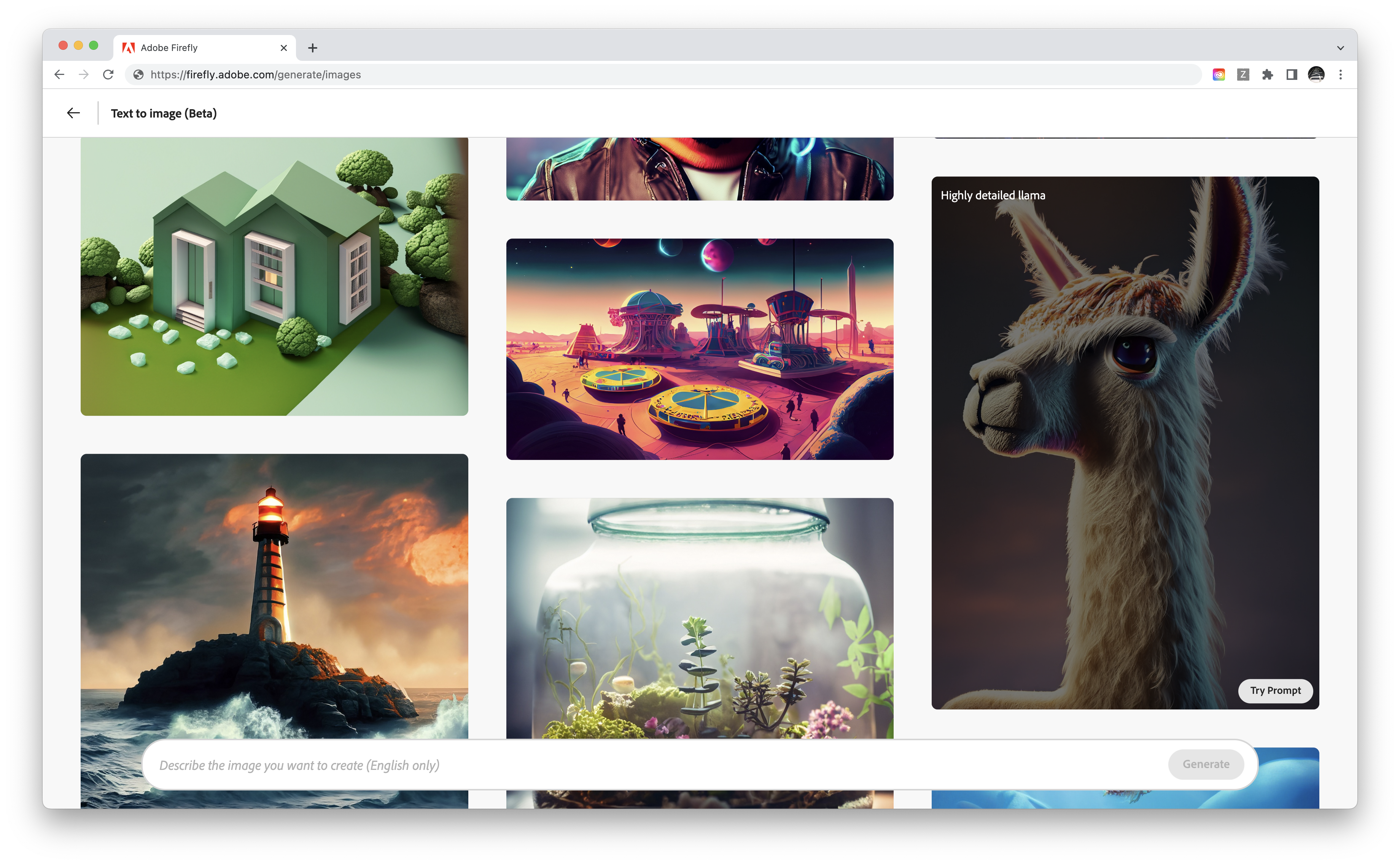
Image Credits: Adobe
- According to a new analysis of the AI app ecosystem from analytics provider data.ai, consumers this year have now spent more than $14 million in the 10 highest-earning apps that advertise their use of ChatGPT or OpenAI technologies. In February 2023, these 10 apps combined accounted for nearly $5.9 million in global consumer spending, the firm says. And within the first 20 days of March, the apps were averaging $232,000 in daily consumer spending, up 11% from the average of $210,000 in February.
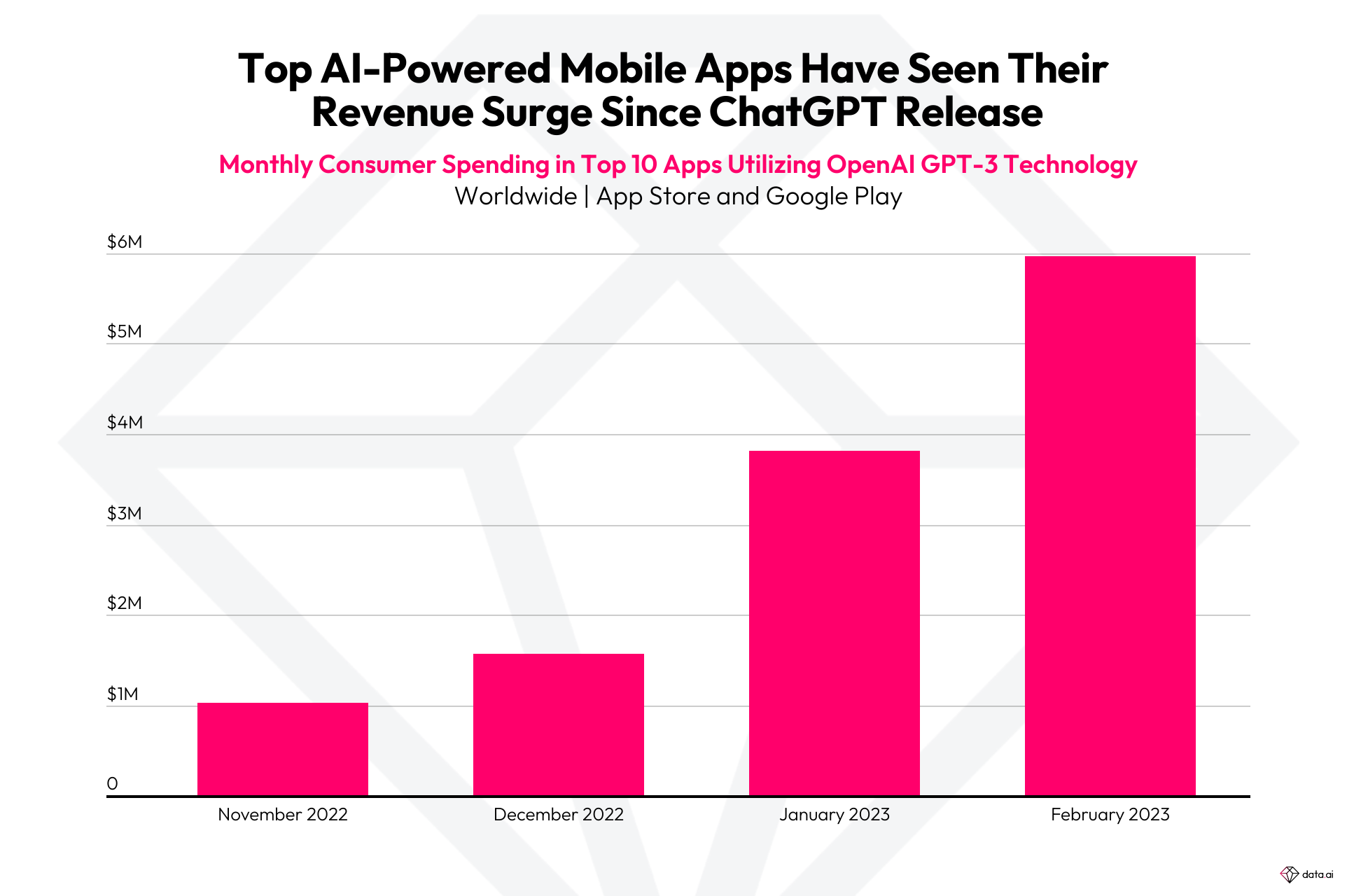
Image Credits: data.ai
Social
- Snap unveiled a new business, AR Enterprise Services, which offers the company’s AR Lenses and Filters to brands. The SaaS business includes Snap tech like AR try-on, a 3D product viewer, Snap’s SDK for AR experiences, and more. Snap will work with clients to help customize their solutions, which can also be integrated directly into the business’ own apps and websites. The company says 250+ million people out of its 375 million daily active users now engage with AR on Snapchat.
- Twitter this week announced a number of changes and updates, including the global rollout of Twitter Blue, and a plan to kill legacy check marks on April 1st (April Fools?). It also quietly discontinued features like tipping and coins, apparently, as some report the creator-focused features are no longer functioning.
- Twitter was also spotted testing government ID-based verification.
- New data indicates Twitter Blue had 385,000+ subscribers on iOS and Android and made $11 million on mobile in its first three months after the Elon Musk-led relaunch. In the U.S., Twitter Blue pulled in around $8 million from 246,000 U.S. subscribers.
- Instagram announced a new plan to integrate ads into its search results. In the test, ads will show up in the feed that people scroll when they tap into a post from search results. The ads will roll out globally in the months ahead and will be labeled “Sponsored” under the account’s name. It’s also launching Reminder Ads that make it easier for businesses to announce, remind and notify people of future events or launches that they may be interested in.
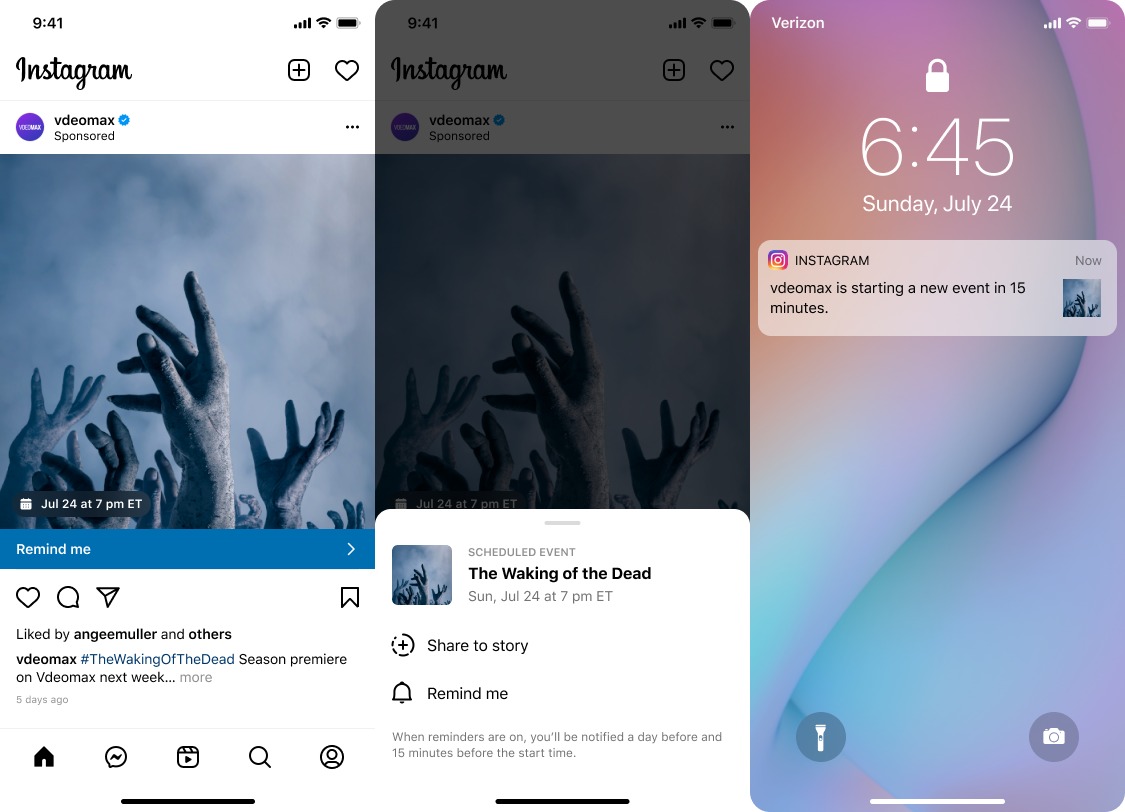
Image Credits: Instagram
- Ahead of its congressional hearing, TikTok rolled out updates to its community guidelines. The company said it overhauled the guidelines to make them easier to understand, and added new policies on AI and climate misinformation. Plus, it added more detail about its existing policies regarding civil and election integrity, age restrictions and expanded a section covering deepfakes.
- TikTok also announced it had 150 million MAUs in the U.S., up from 100 million in August 2021. The company has over 1 billion MAUs globally.
Gaming
- Epic Games announced new animation tools that make it possible to create realistic facial animations using video captured from an iPhone, the Verge reported from GDC. The tools are an expansion of the company’s MetaHuman creator tools first introduced in 2021.
- Epic also launched its Unreal Editor for Fortnite (UEFN) on the Epic Games Store as a public beta. The software includes many of the same tools Epic uses to create Fortnite, it said.
- Plus, Epic announced it will now share 40% of Fortnite revenue with anyone who designs “islands” in the game, which includes the money the company earns from its in-game currency V-Bucks.
- Roblox rolled out new AI tools, including Code Assistant, which allows game creators to use text prompts to create code, and Material Generators for creating 2D surfaces in games.
- Netflix announced plans to release 40 more games this year and add Monument Valley to its lineup in 2024. Among the new titles are Ubisoft’s Mighty Quest: Rogue Palace, an unnamed Super Evil Megacorp game, and others. Monument Valley’s addition is interesting as that means the game will still be a paid download for non-Nextflix members and available through subscription on Apple Arcade and Google Play Pass.
Productivity / Learning
- Microsoft debuted Loop, a Notion competitor that offers a hub for managing tasks and projects that also syncs across Microsoft 365 apps and workspaces on the web. The debut version is available to users with a Microsoft Account or Azure Active Directory account, but will “soon” arrive on iOS and Android.
- Duolingo, a language learning app with over 500 million users, is working on a music app, TechCrunch learned. A job description seemingly confirms this plan, as it describes a candidate who is an “expert in music education who combines both theoretical knowledge of relevant learning science research and hands-on teaching experience.”
Messaging
- WhatsApp announced a new Windows client that brings performance improvements and better calling features. The app will allow for video calls with up to eight people and audio calls with up to 32 people, similar to its mobile counterpart. The company also said it will increase the number of people allowed in group calls going forward.
- WhatsApp also updated its Communities product with new controls for group admins that give them the ability to decide who is able to join a group. It will also now make it easier to see which groups you have in common with someone.

Image Credits: WhatsApp
Commerce
- YouTube is closing down live social shopping app Simsim less than two years after its acquisition. The startup helped small businesses in India transition to video-based e-commerce.
- DoorDash added new retail partners Lush Cosmetics, Victoria’s Secret and Party City and rolled out new shopping features to help consumers more easily find in-stock items, schedule deliveries and make substitutions. It also added support for cash in its white-label service for restaurants (not its main app).
Entertainment
- Spotify’s still relatively new audiobooks service expanded to Canada, bringing the experience to both English and French-speaking customers. The service now has 350,000 titles available and is live in the U.S. and other English-speaking markets.
- Twitch said it’s laying off 400 employees as part of parent company Amazon’s larger plan to lay off 9,000 workers across divisions, including AWS and advertising.
Government, Policy and Lawsuits
- Utah’s Gov. Spencer Cox signed two bills that regulate social media apps, making it the first U.S. state to impose restrictions on the industry. The lack of federal regulation will likely see more states take the same path, which could become a massive headache for compliance, as each state’s rules may differ. Utah’s new regulations say that social media companies will have to age-verify all users, receive parents’ permission before minors can open social media accounts, restrict minors’ usage of social media from 10:30 pm to 6:30 am unless a parent changes the settings, limit personal data collection from minors and allow parents to access a minor’s accounts, including all their posts and private messages. Fines can be imposed for non-compliance. We guess Utah teens will be returning to texting pretty soon!
- The subscription economy may be headed for a crackdown. The FTC this week proposed a “click to cancel” rule that would require sellers offering subscriptions to make it as easy for consumers to cancel their enrollment as it was to sign up. Watch out, Match and every meal delivery service ever invented!
Funding and M&A
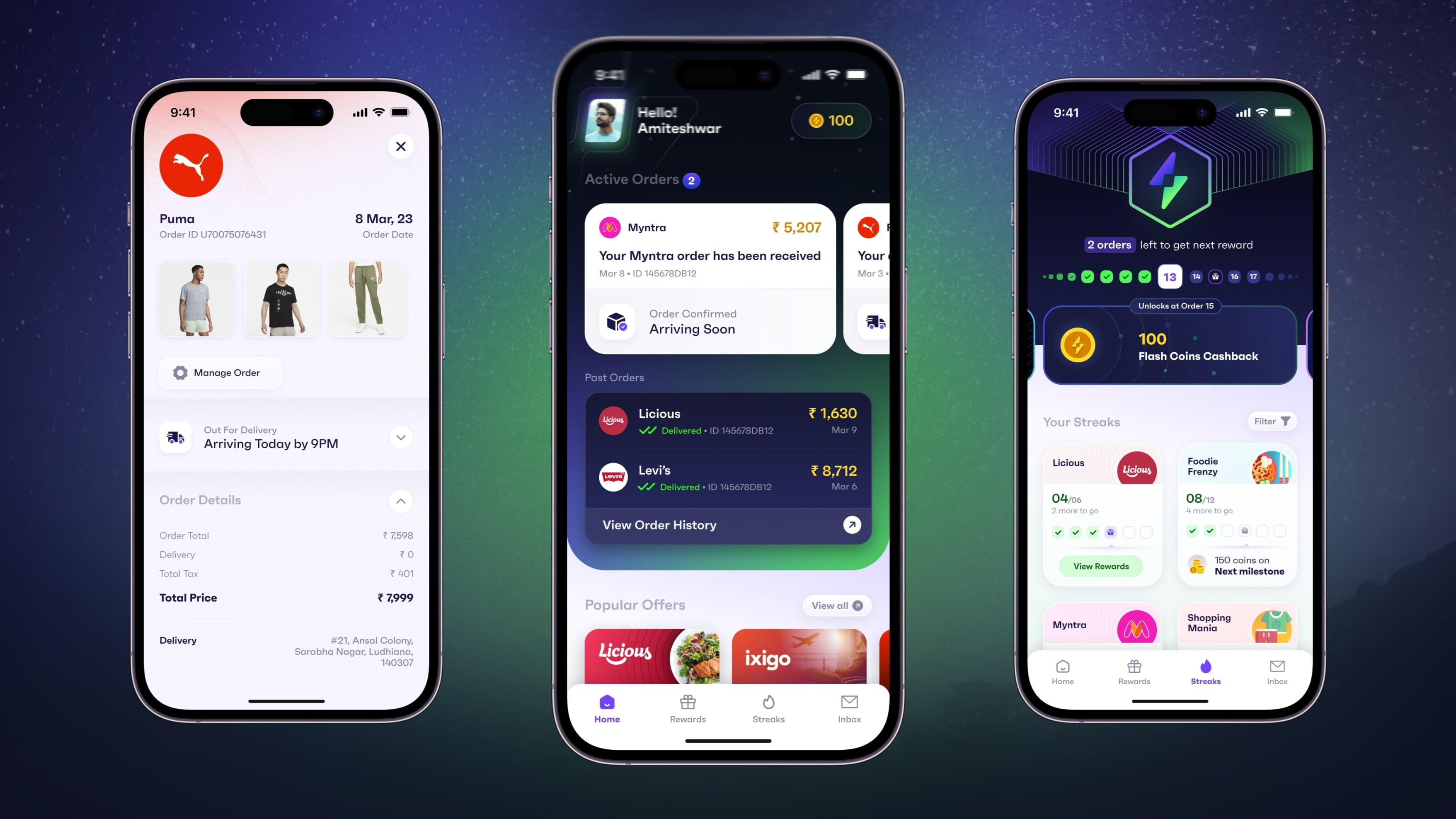
Image Credits: Flash
- Newly launched Indian startup Flash offers a mobile app where consumers can create an email to be used on all shopping sites, allowing them to earn coupons and cash back instead of bogging down their inbox. The company raised $5.8 million in seed funding from a number of investors, including Global Founders Capital (GFC), White Venture Capital and Zinal Growth, and others.
- OP3N, a startup described as the “Web3 version of WhatsApp meets Amazon,” and makers of blockchain chat app Superapp, raised $28 million in Series A funding, valuing the company at $100 million. The round was led by Animoca Brands and included Dragonfly Capital, SuperScrypt, Creative Artists Agency and NEA’s Connect Ventures, Republic Crypto, Avalanche’s Blizzard Fund, Galaxy Digital and Warner Music Interactive.
- Snap quietly acquired Amsterdam-based 3D-scanning studio Th3rd in the second quarter of last year. The startup’s tech and team are helping with Snap’s AR efforts.
Downloads
Zigazoo
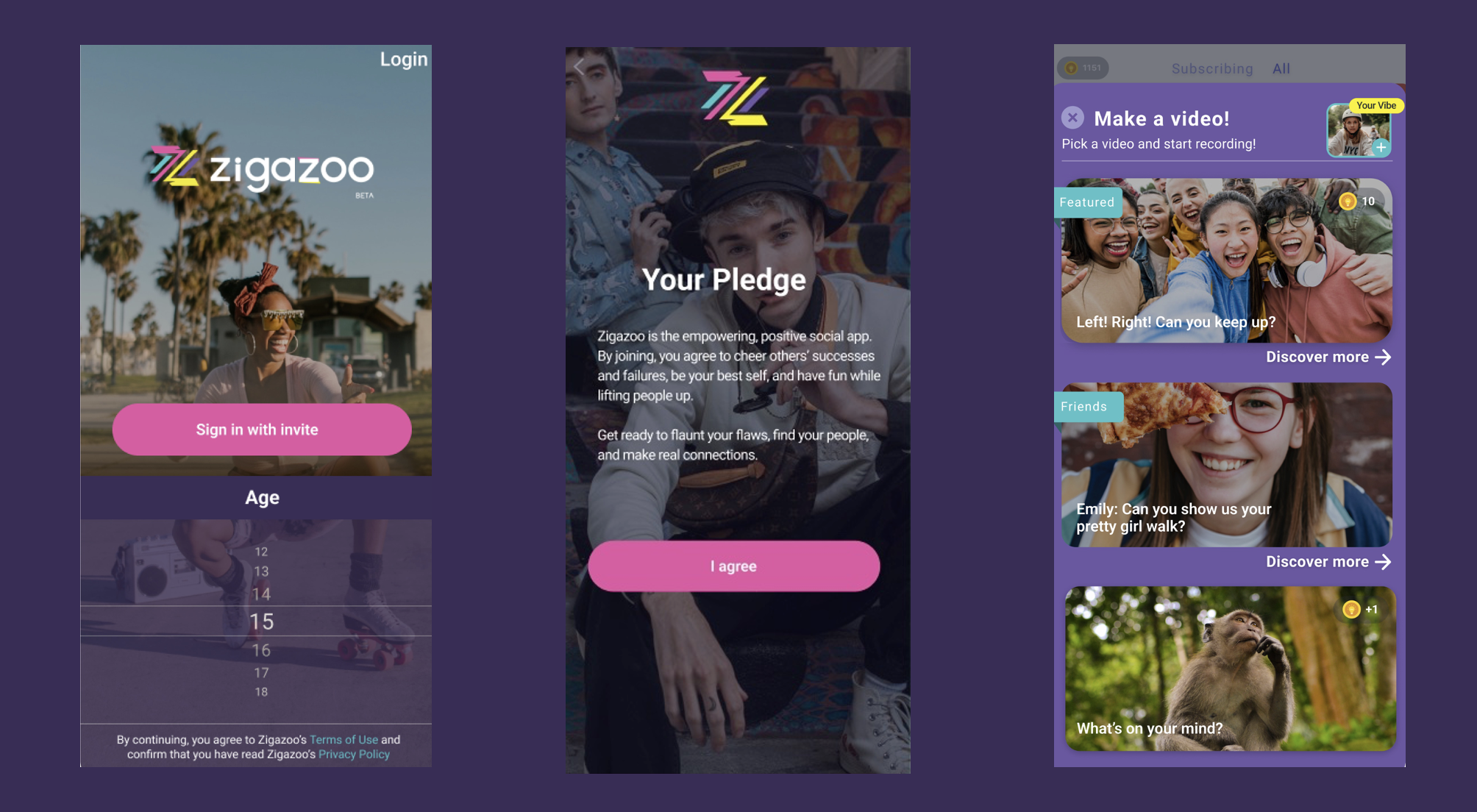
Image Credits: Zigazoo
Hoping to capitalize on the TikTok drama this week, startup Zigazoo announced the launch of a TikTok-like app for Gen Z users. The company previously offered a similar video app for Gen Alpha kids, but is now expanding to older teens. Its new Gen Z-focused app is a video thread-style platform, but unlike TikTok, it doesn’t allow users to comment. Instead, users can only respond to each other with other videos, which the company believes may reduce trolling. The startup hopes to create a more positive environment where users can share videos featuring dance, music, fashion, gaming, memes and more. You can read TechCrunch’s full review here.
Hipstamatic
Hipstamatic is back. Amid user complaints over the current state of Instagram, Hipstamatic returned to the App Store today with a relaunch of its social network for iPhone photography enthusiasts. Its refreshed app, which will today replace Hipstamatic X on the App Store, will offer a chronological feed, photo filtering tools, no ads and no TikTok-like feeds or videos. Users will earn stamps instead of likes, and will browse “stacks” of photos, instead of endless feeds.
During its decade-plus existence, the company had rolled out variations on its original concept, like its quirky Hipstamatic X for analog photography lovers, while also maintaining Hipstamatic Classic, one of the first apps to receive Apple’s “App of the Year” award.
With its revamped app, the company will try to bring some of its earlier pizazz to a generation that’s chasing retro tech, opting for things like flip phones and wired headphones at times for the “aesthetic.” The app will monetize via a $4.99 per month subscription (or $29.99/year), which unlocks its premium filters, editing features and other perks like claiming your preferred username.
Woolly
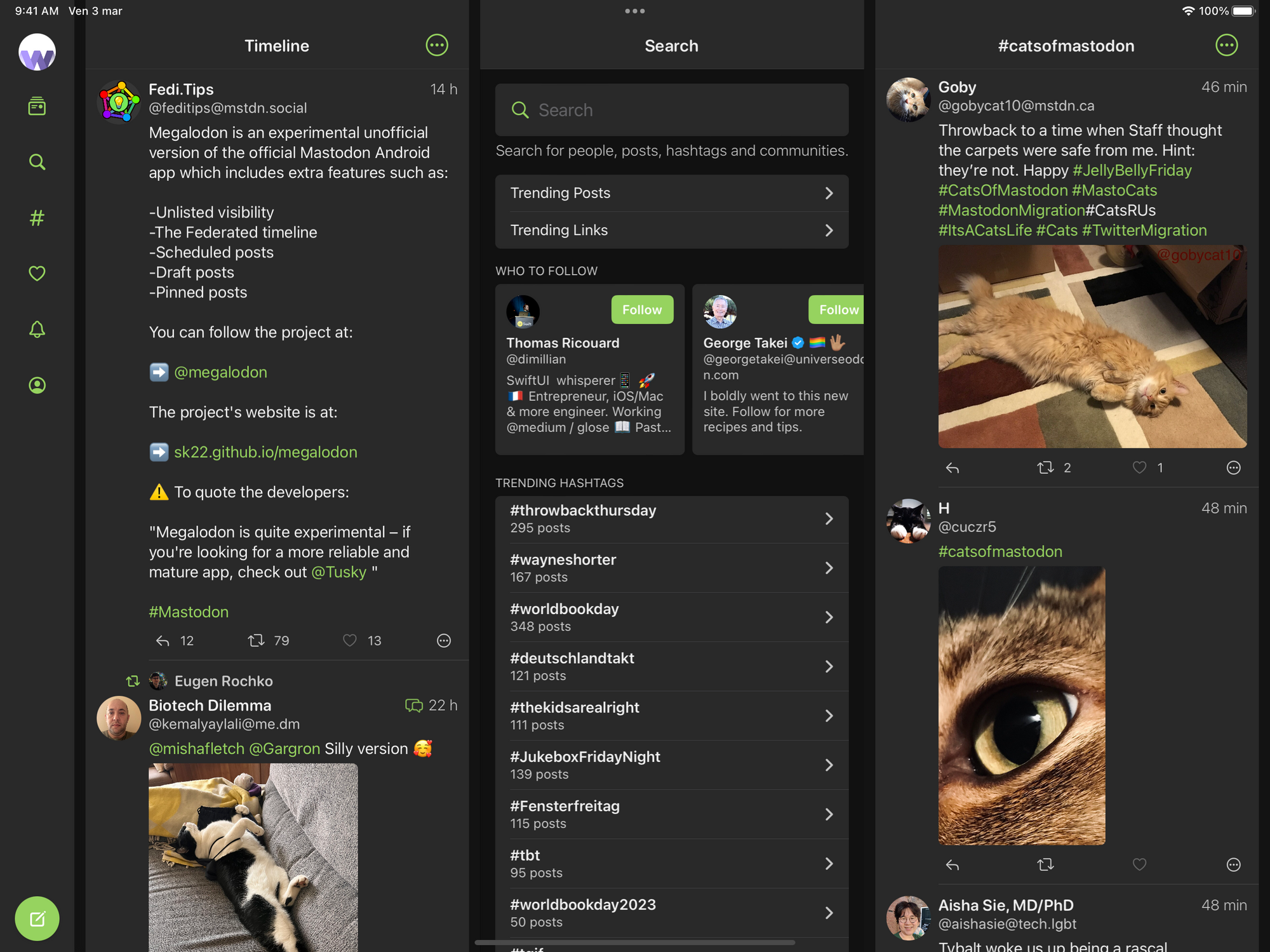
Image Credits: Woolly
The slow but steady Twitter exodus has brought a new abundance of third-party Mastodon apps like Ivory, Mammoth and Ice Cubes that connect users to the increasingly popular open source and decentralized social network. Today, we can add one more app to that list with the launch of Woolly, another solidly built iOS Mastodon client focused on offering a more customizable home screen, threaded views for reading longer conversations and a TweetDeck-inspired layout for the iPad.
The main differentiator between this app and others is its approach to home screen customization. With Woolly, users can pin things like multiple remote timelines, lists, bookmarks, search, hashtags or even other user profiles directly to the app’s main tab bar, enabling quick and easy access to your favorite content. Plus, on iPad, you can access a landscape view with columns, similar to TweetDeck. Read TechCrunch’s full review here.
This Week in Apps: TikTok goes to Congress, apps connect to ChatGPT, Microsoft’s mobile games store plan by Sarah Perez originally published on TechCrunch



